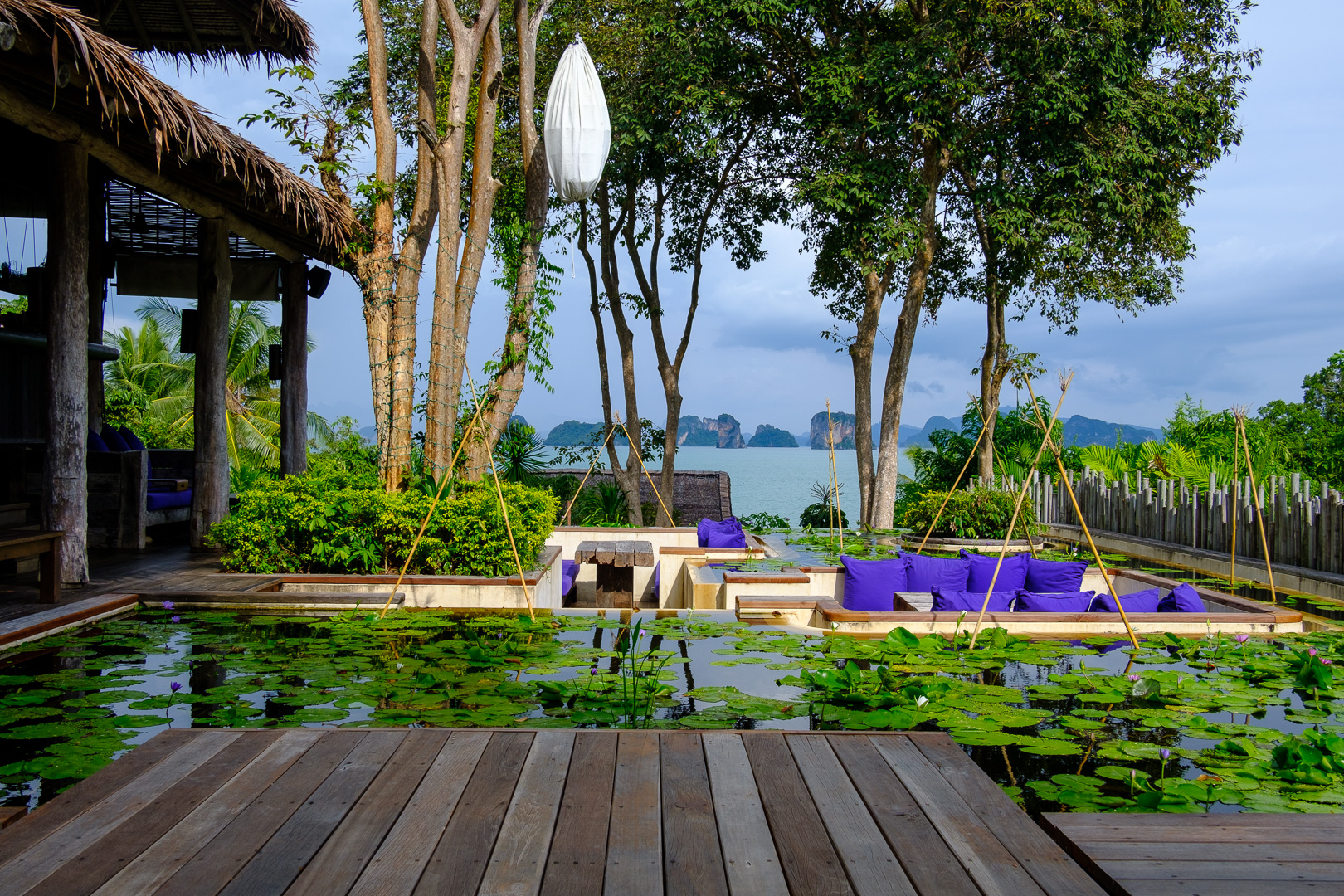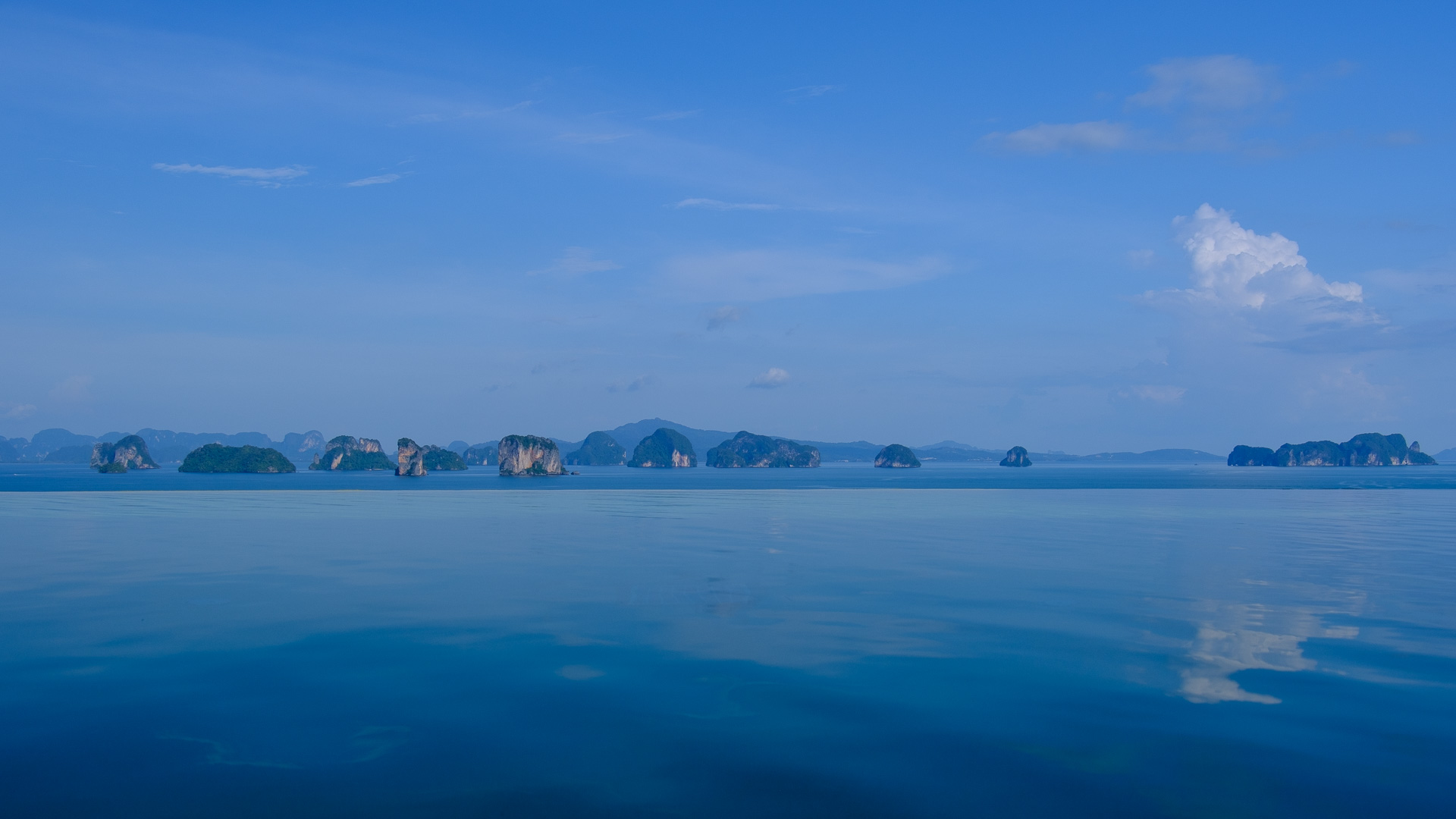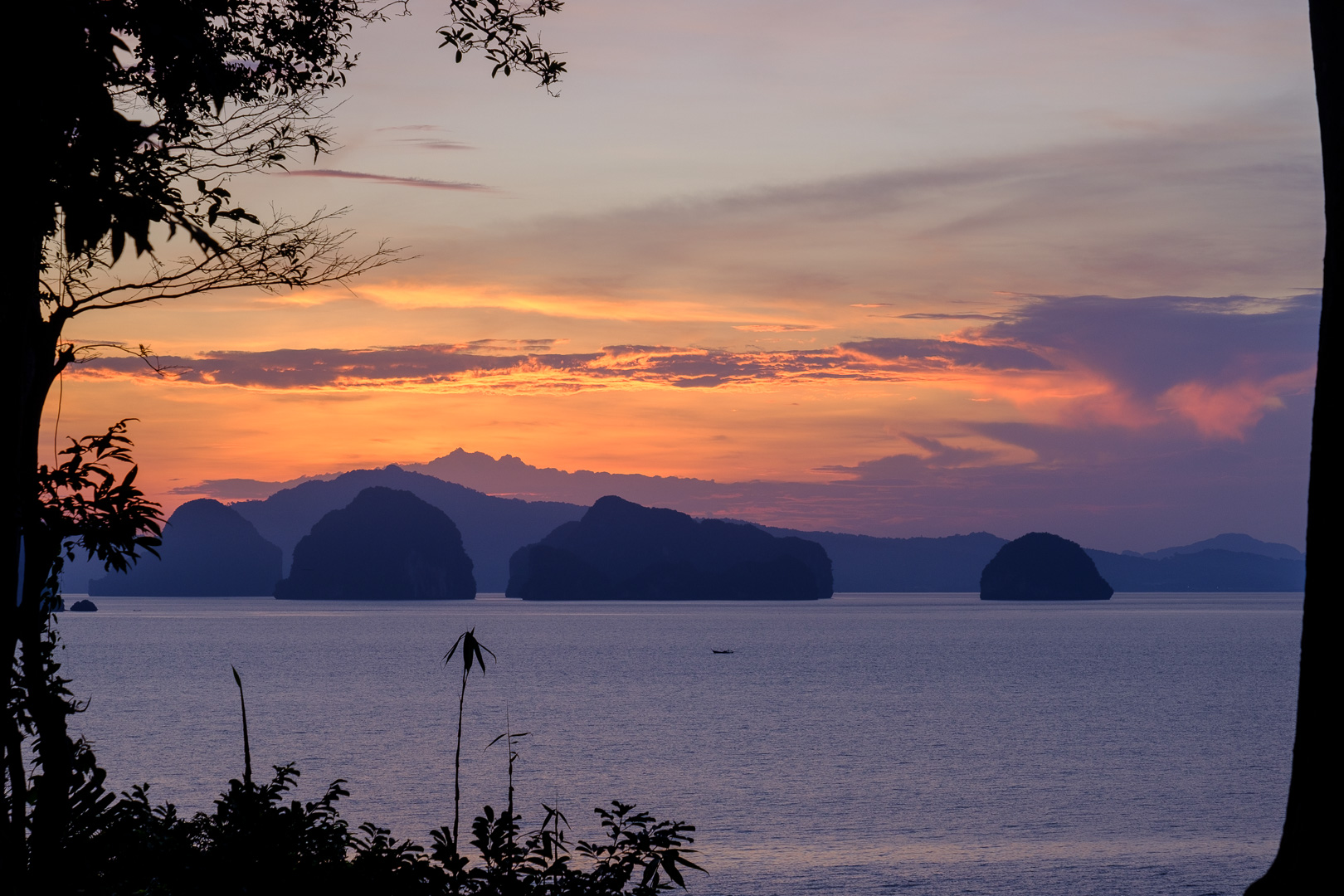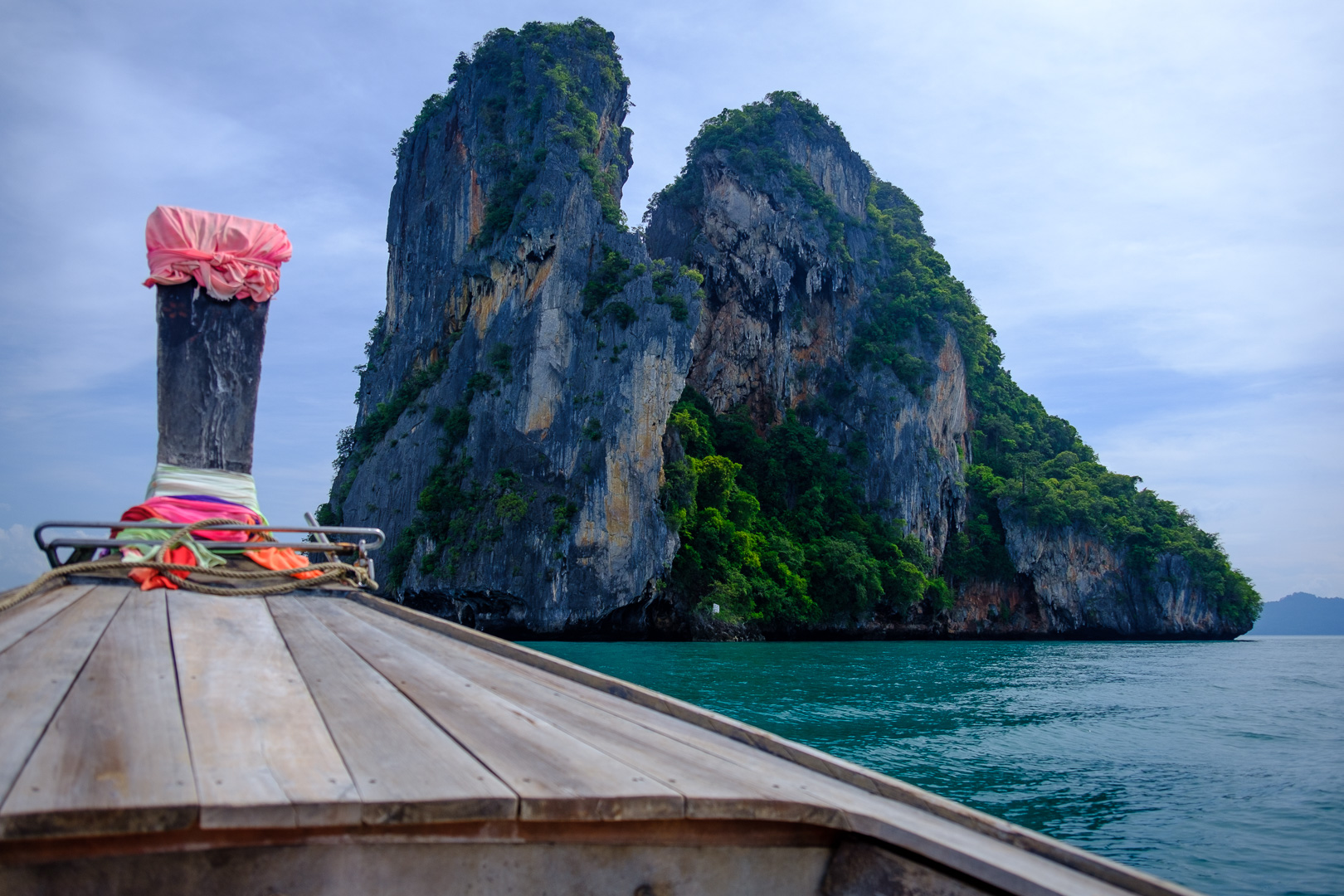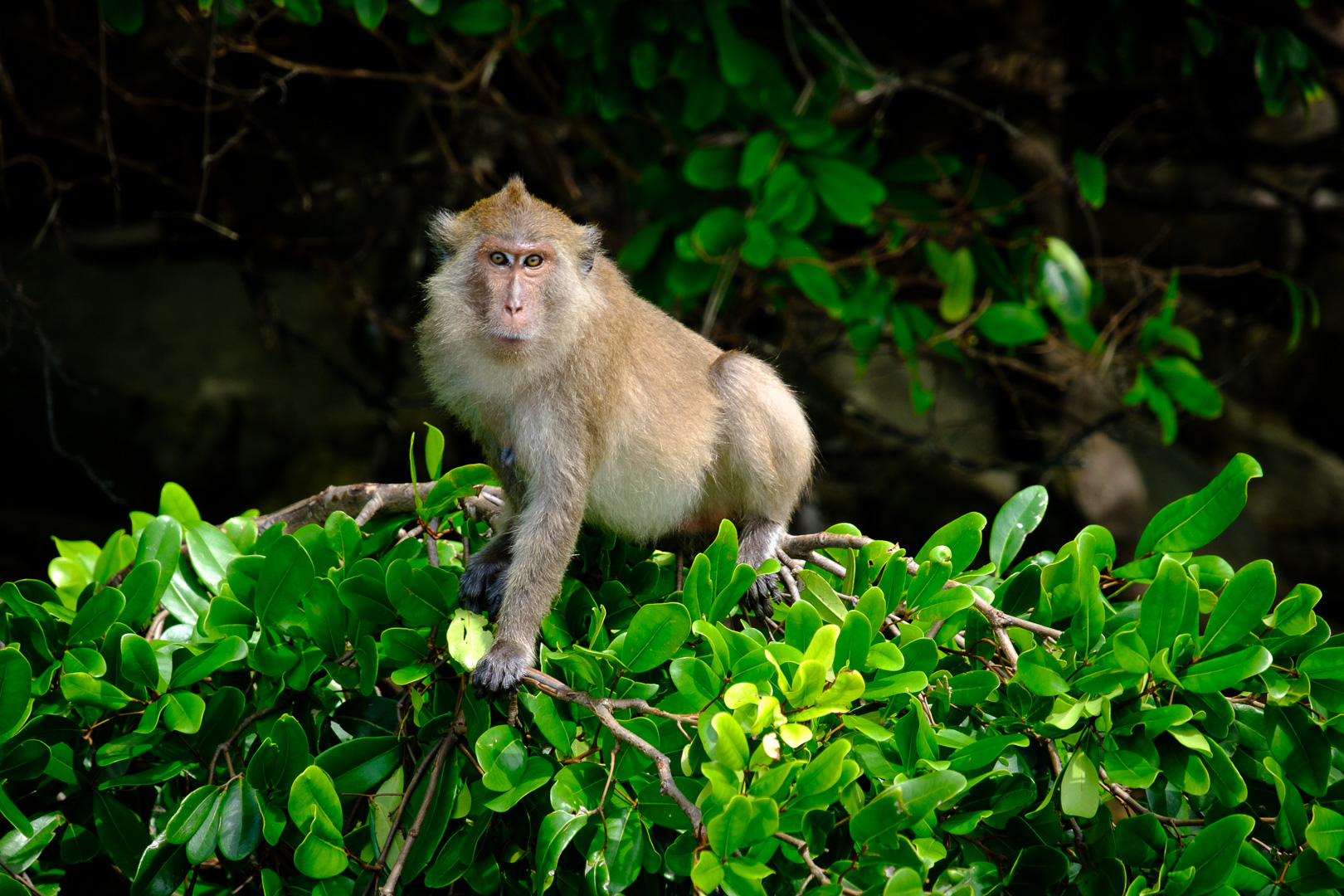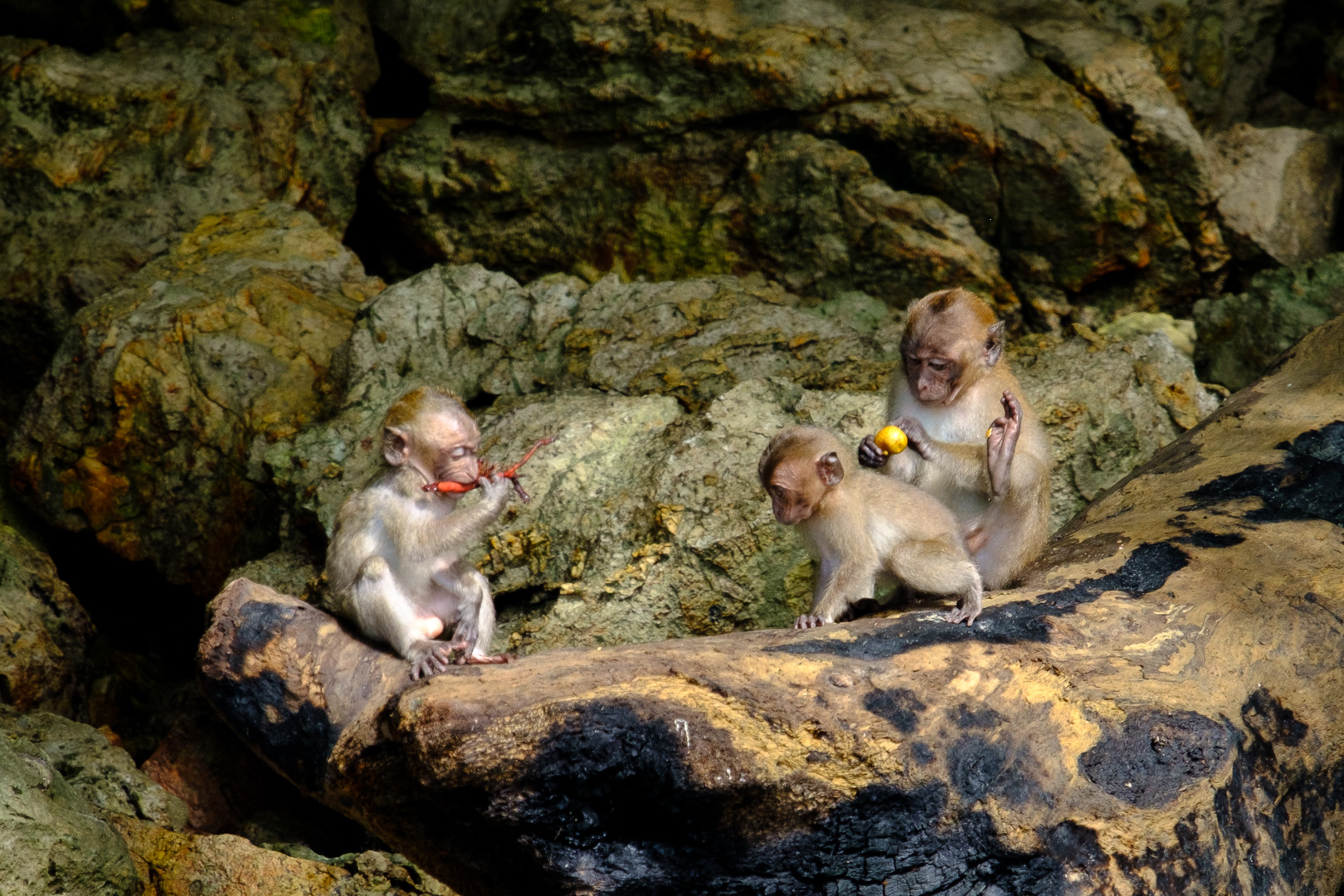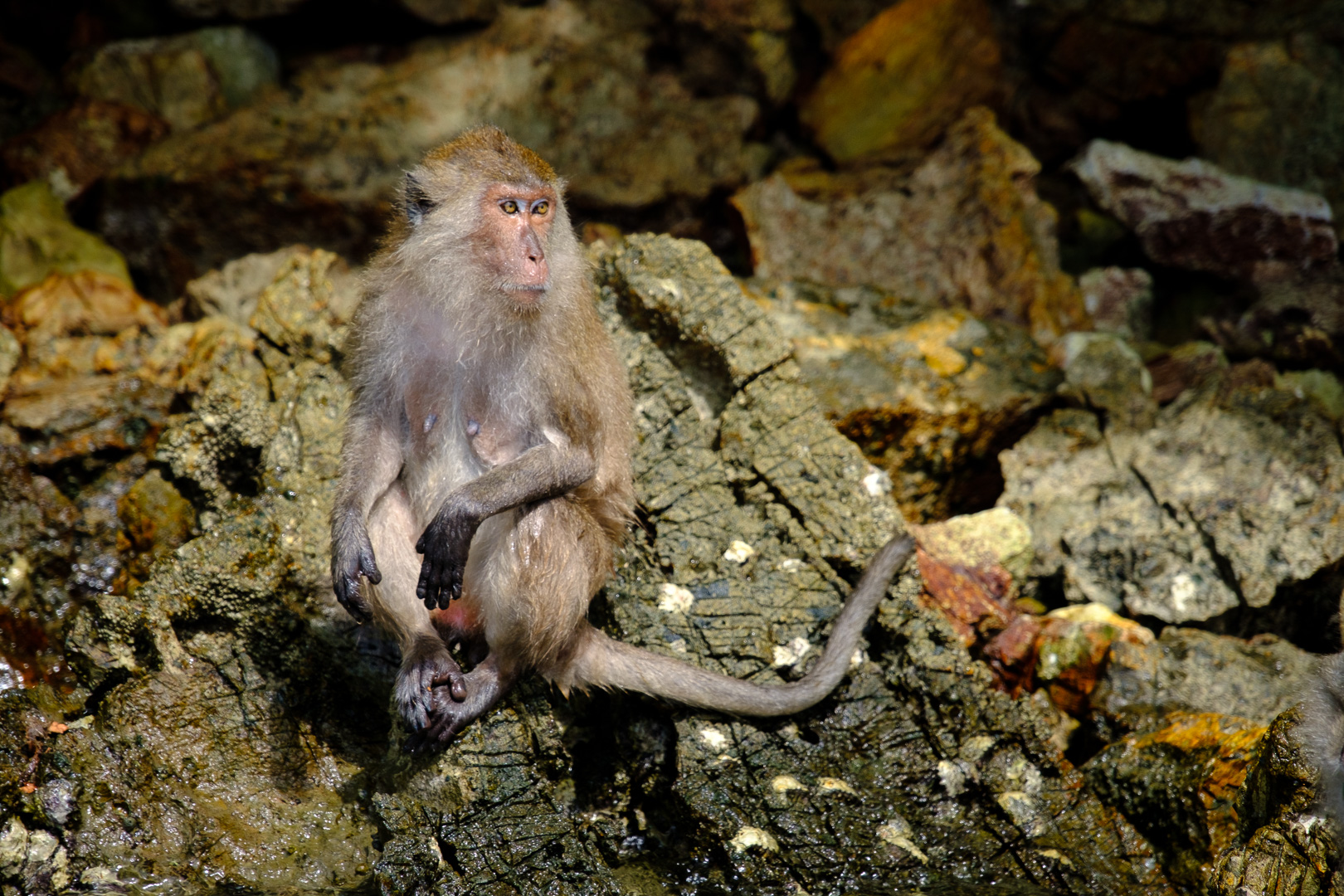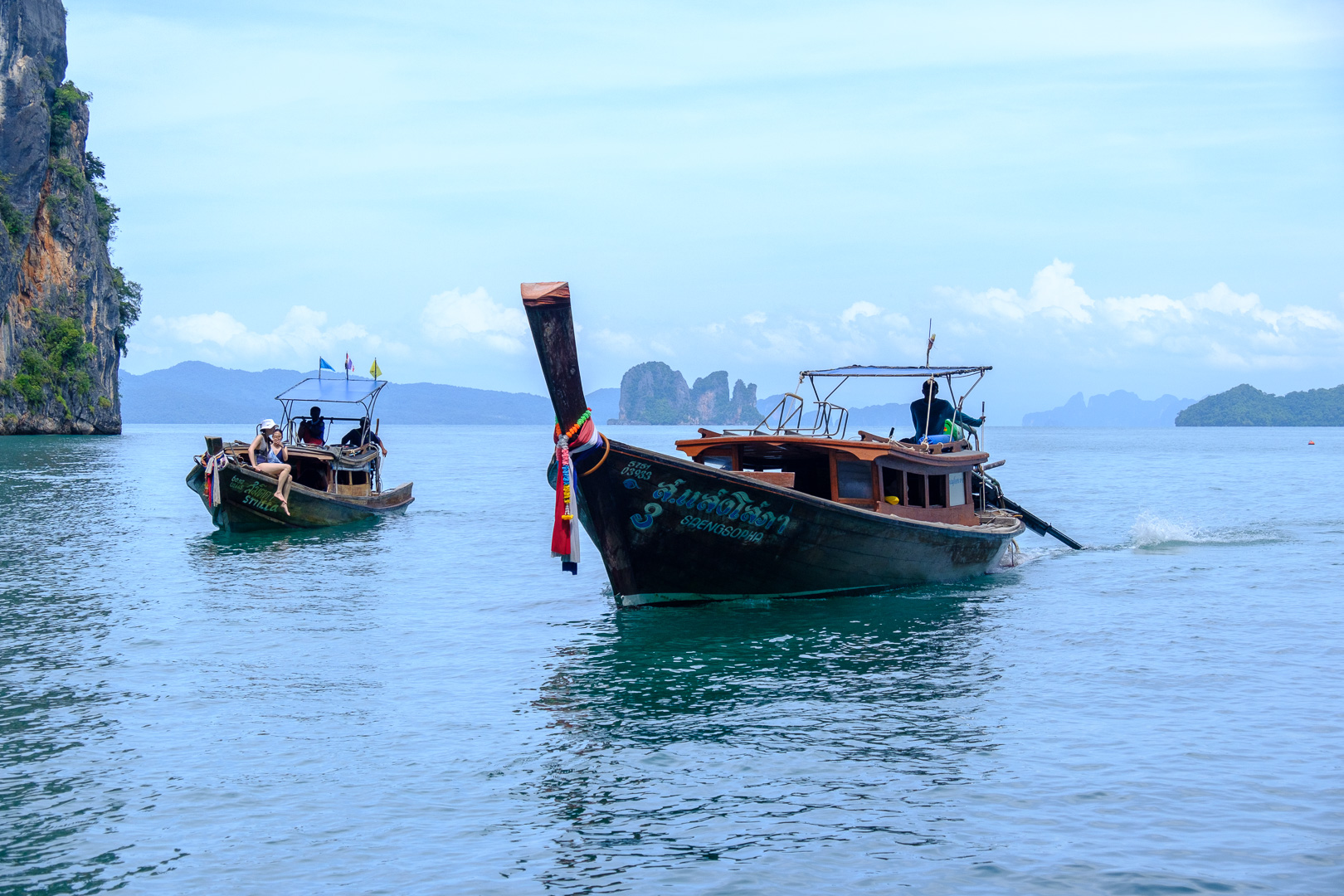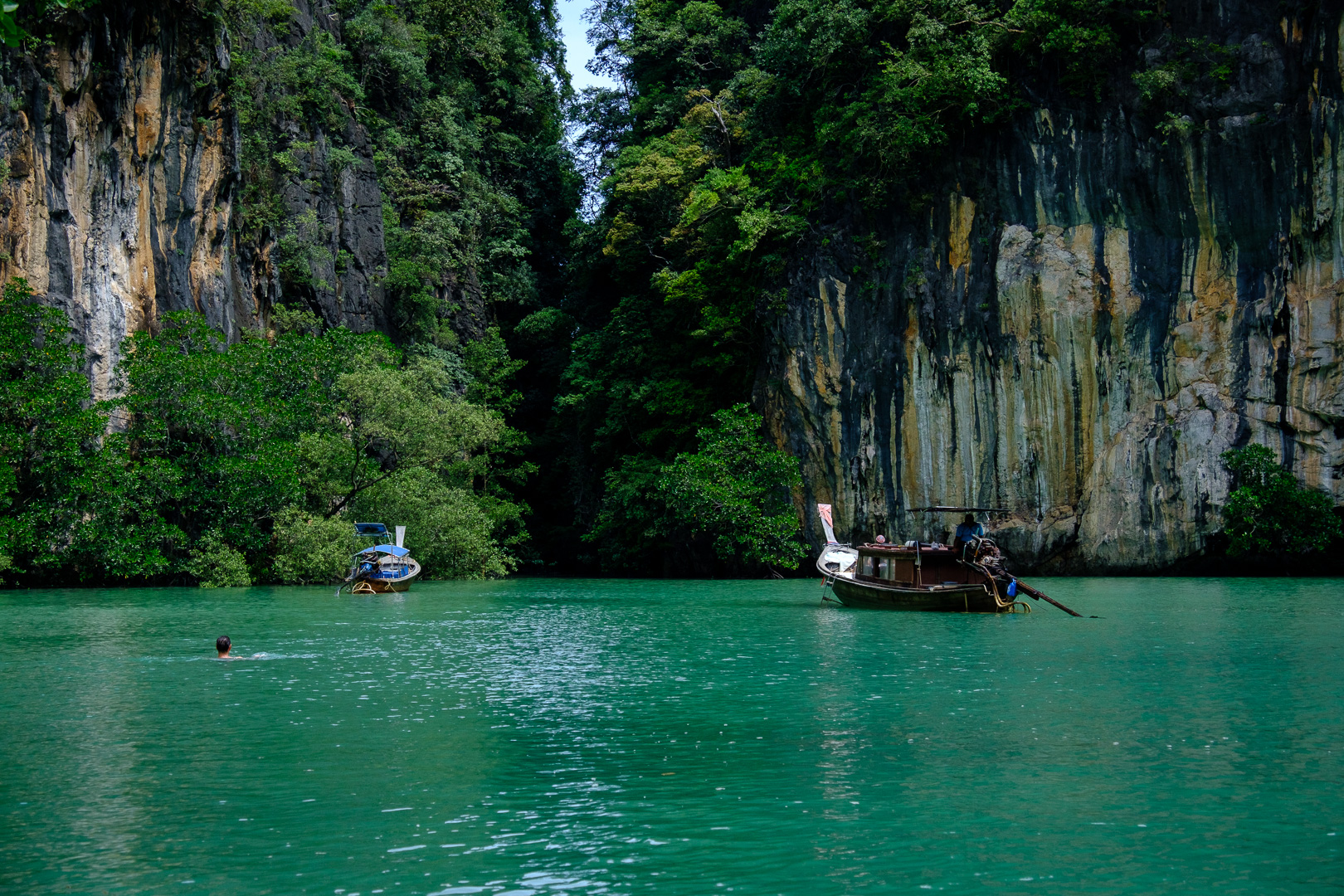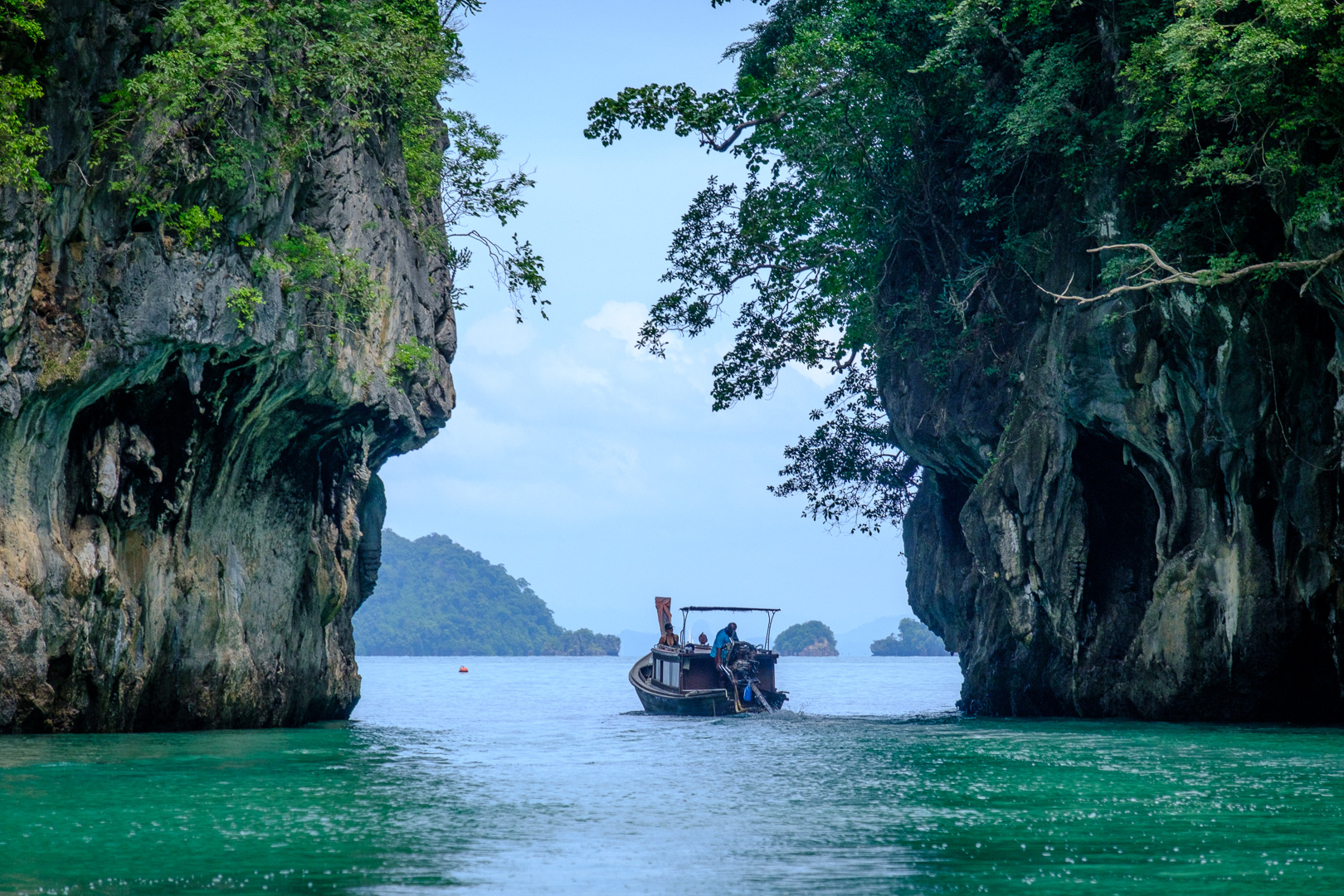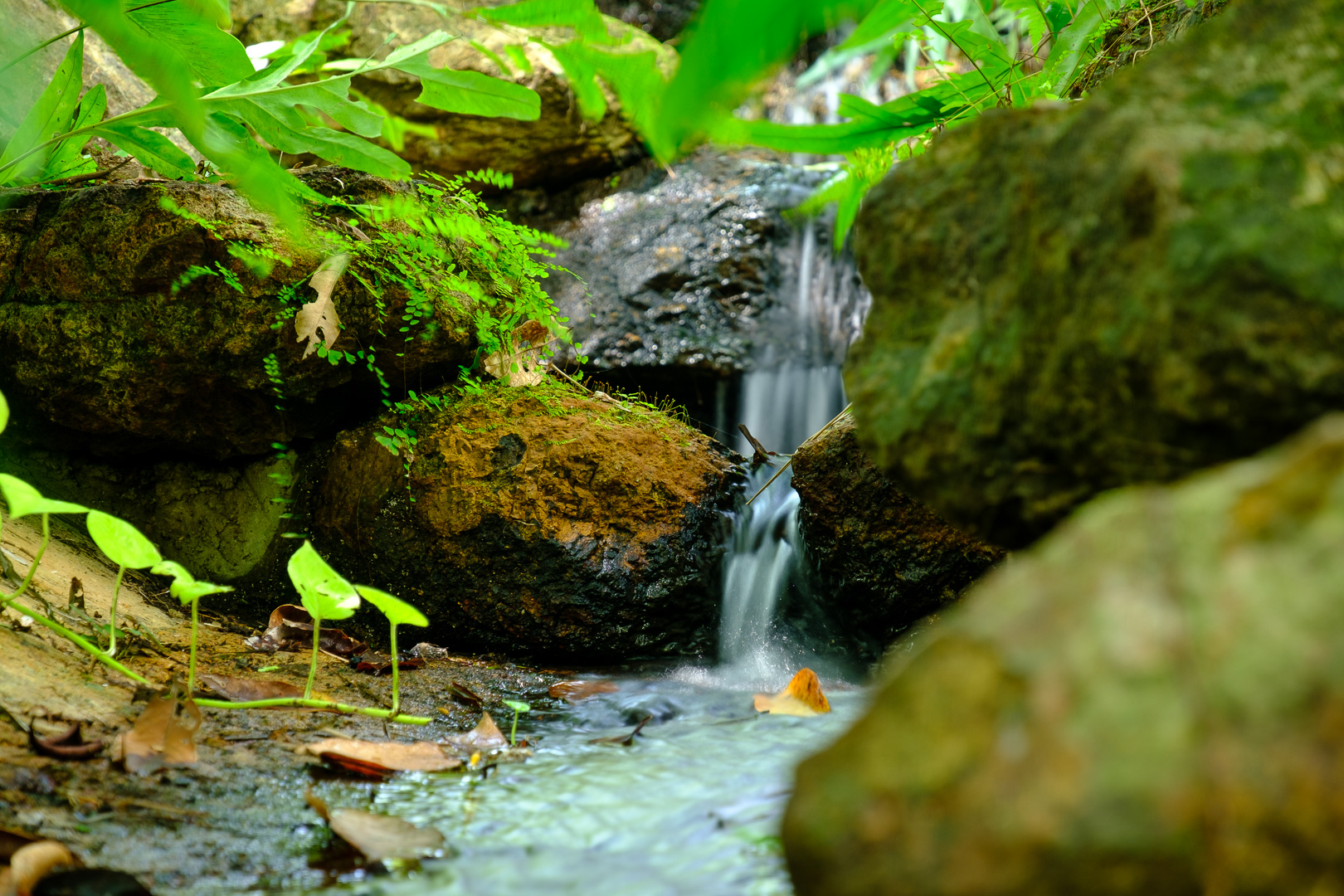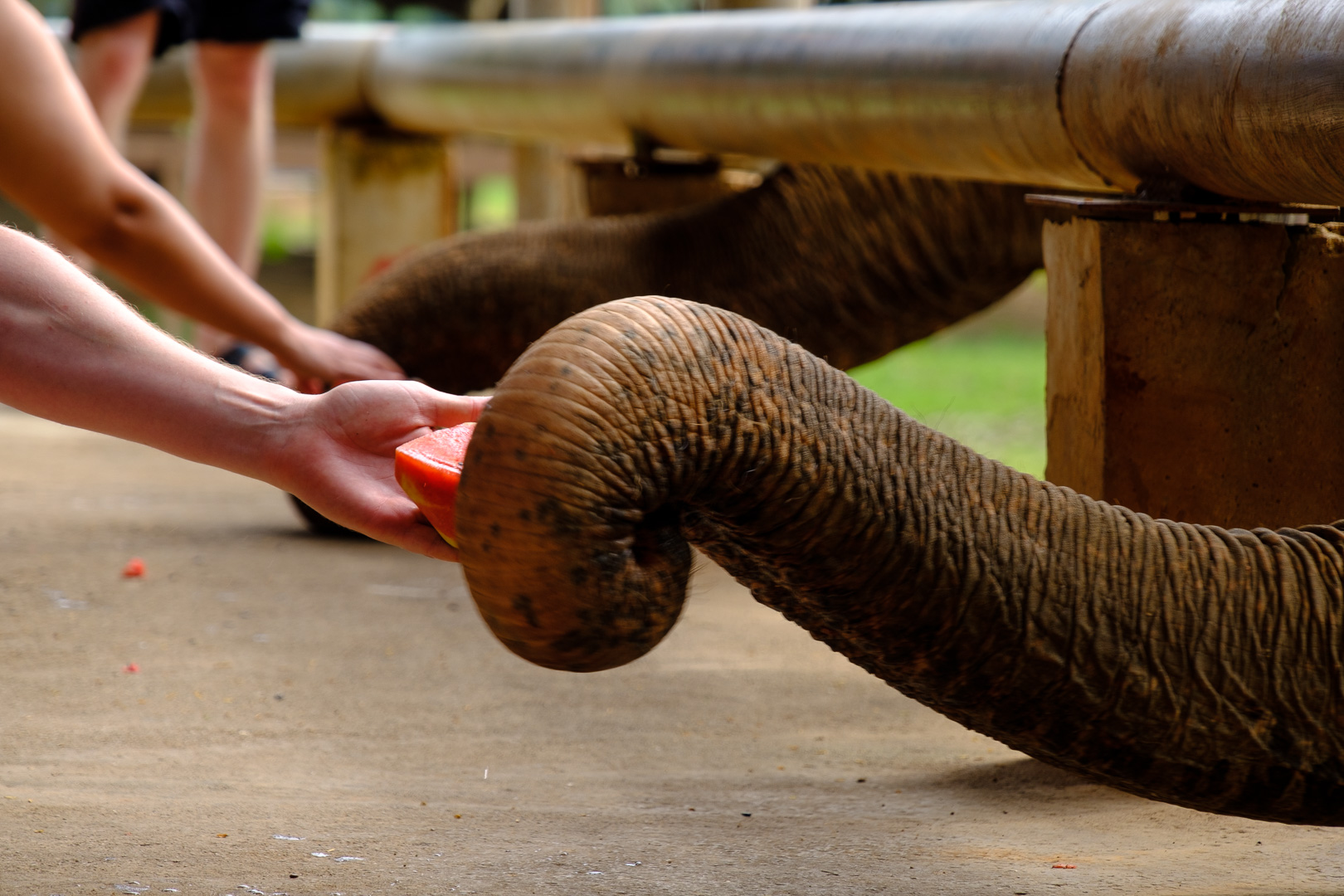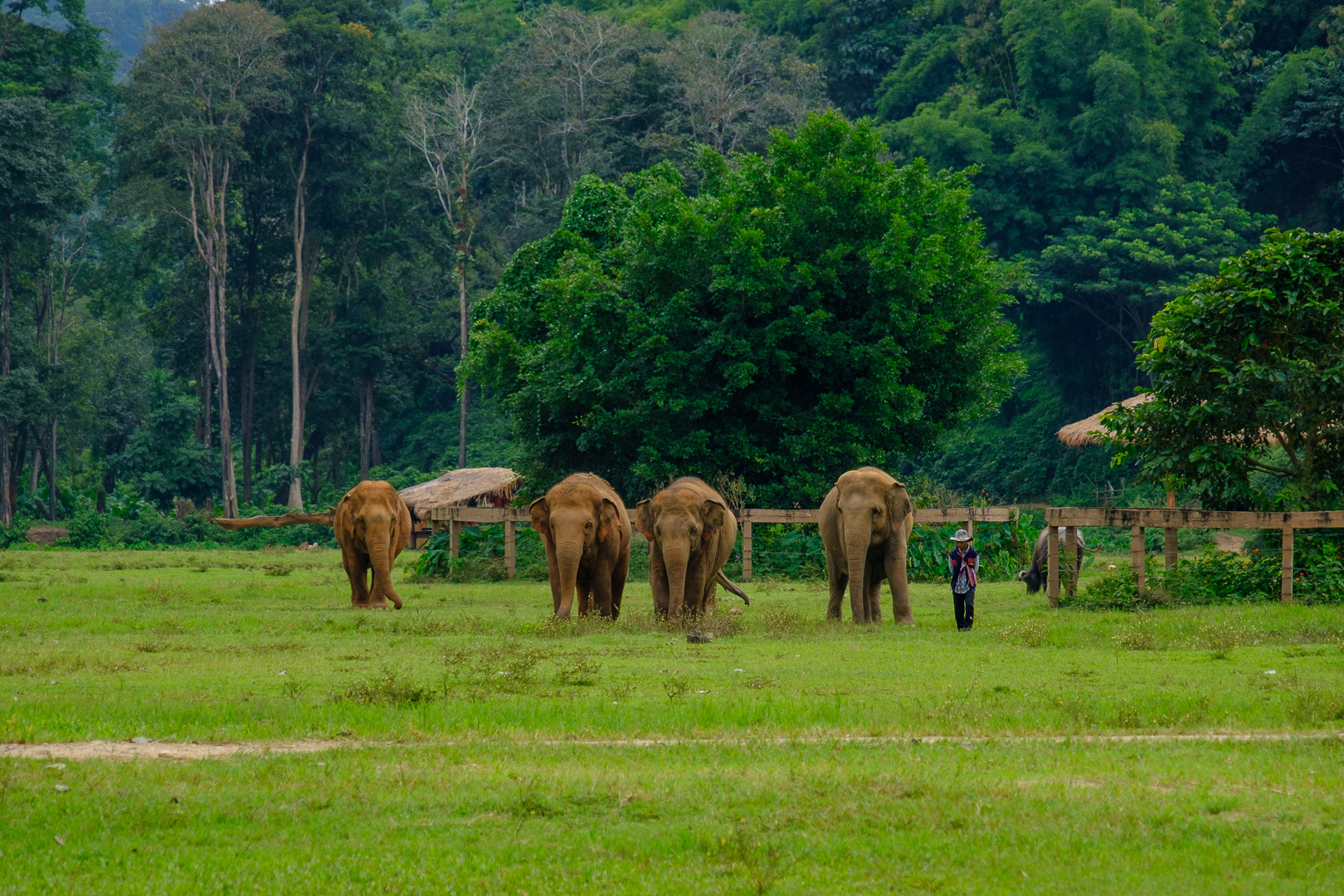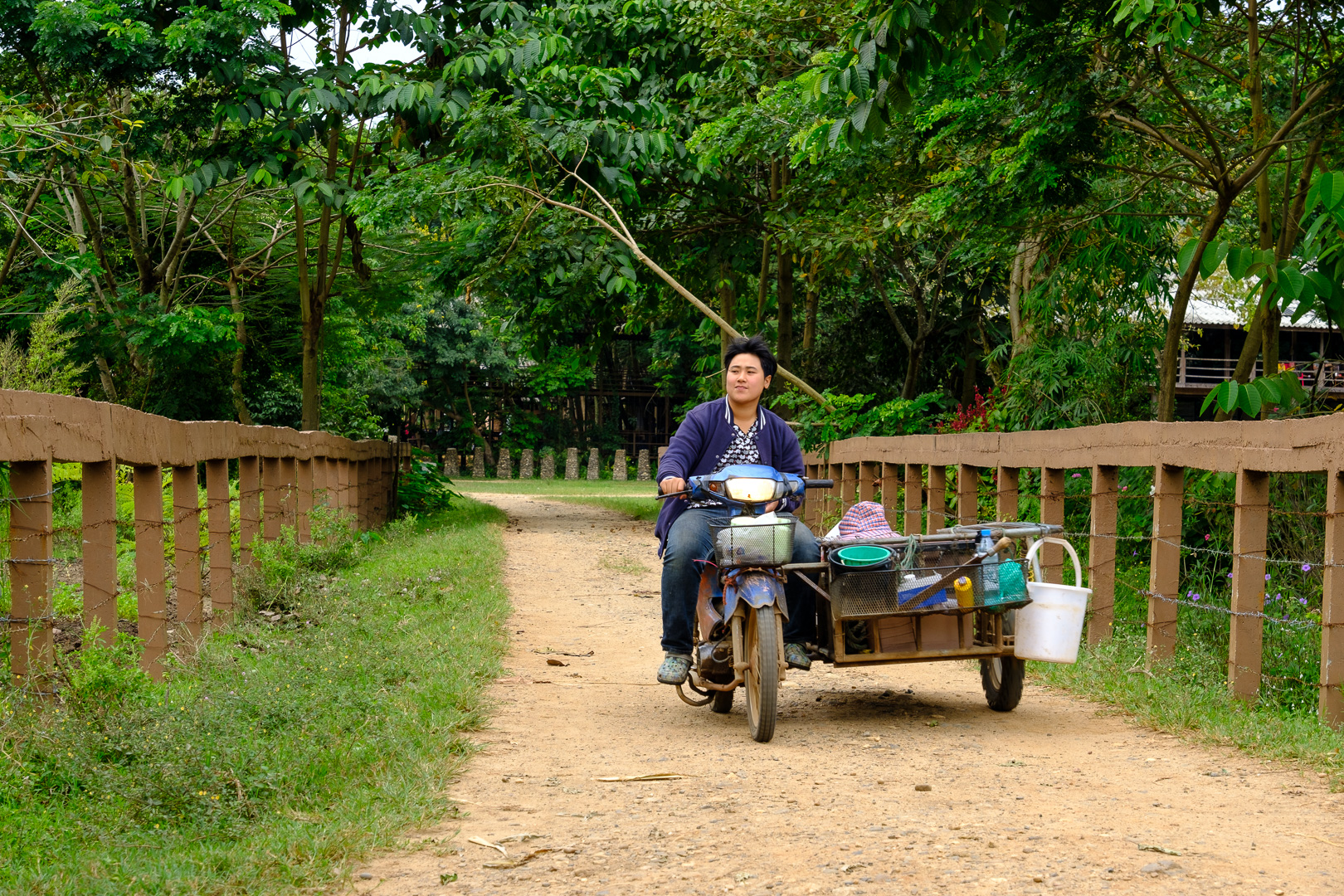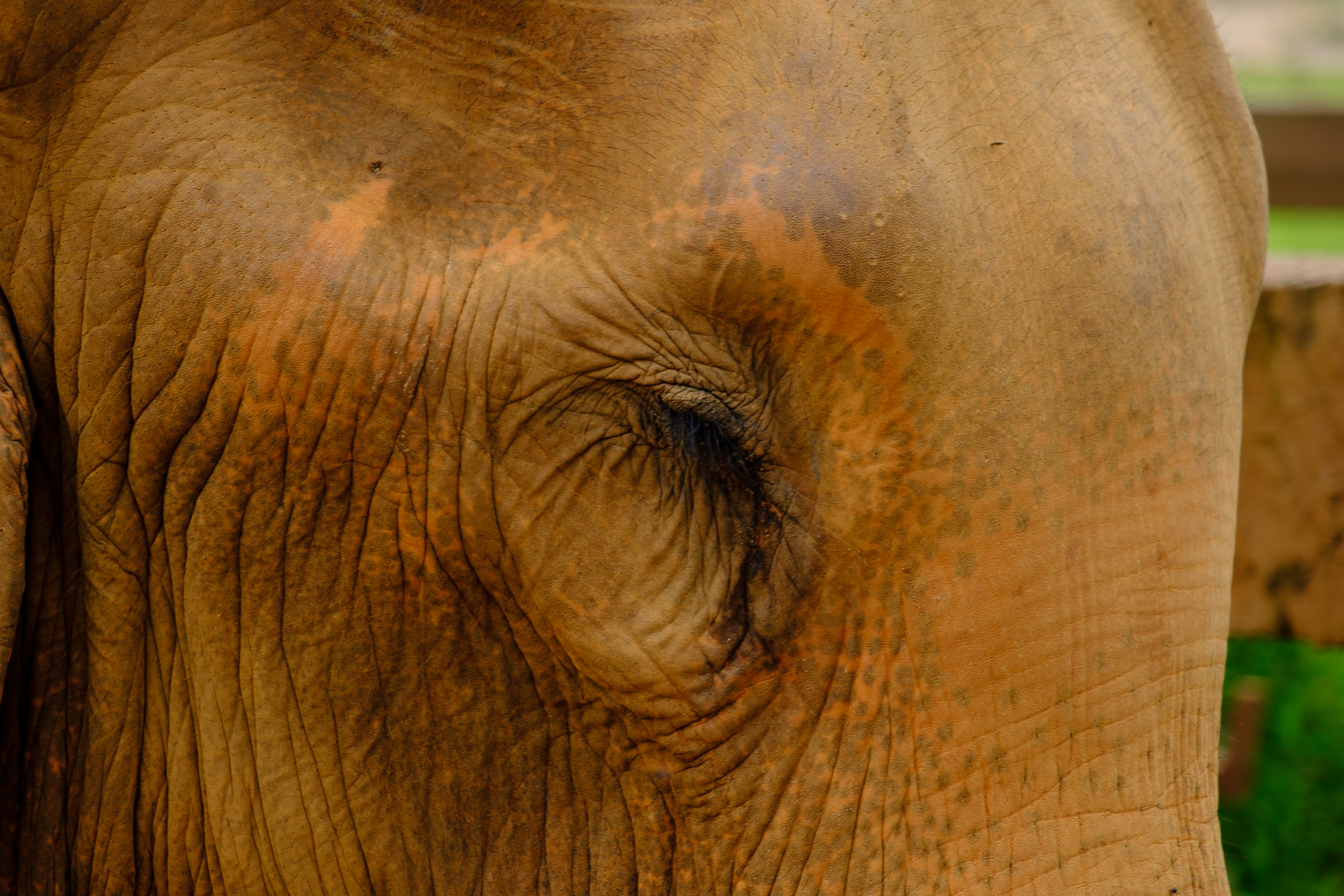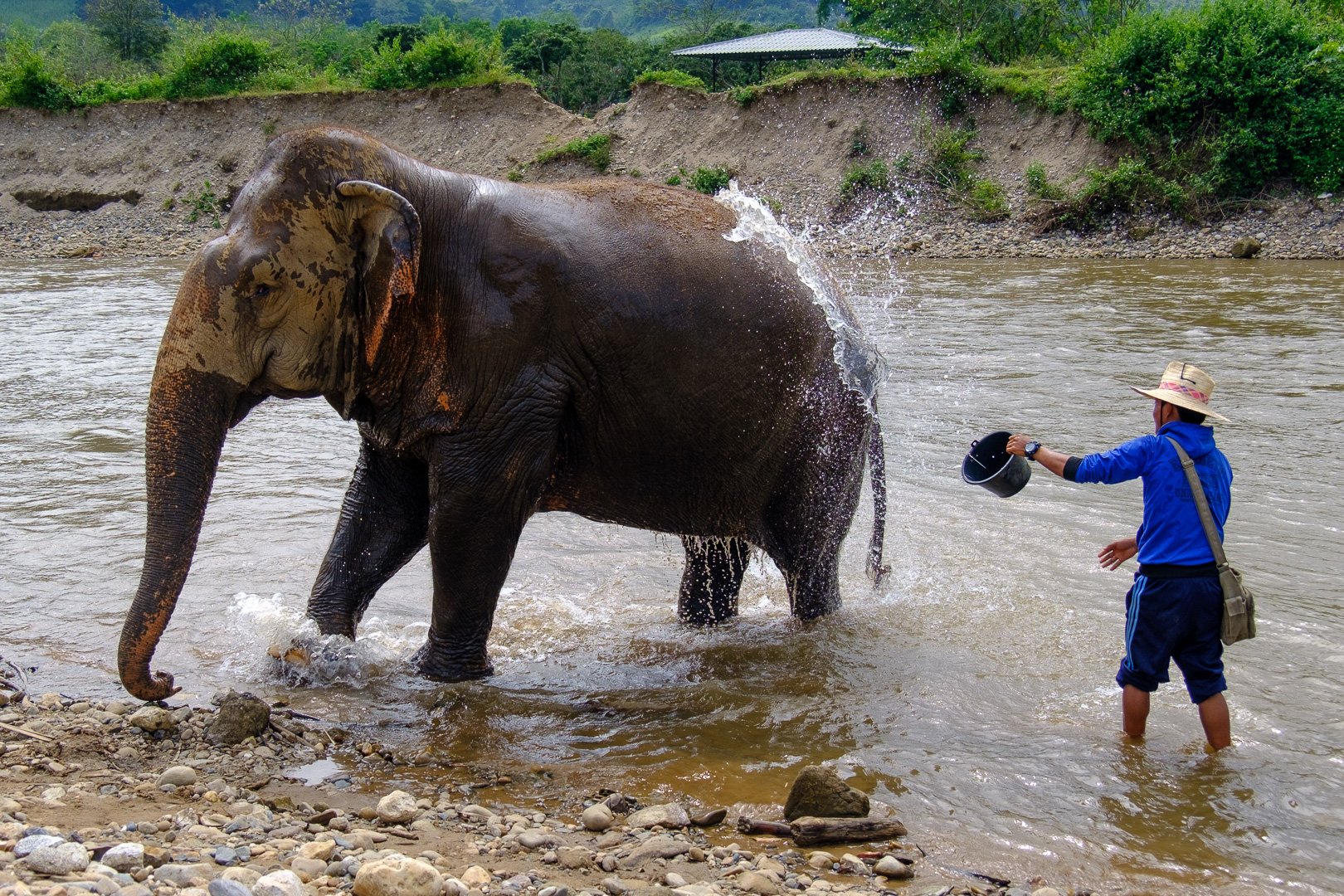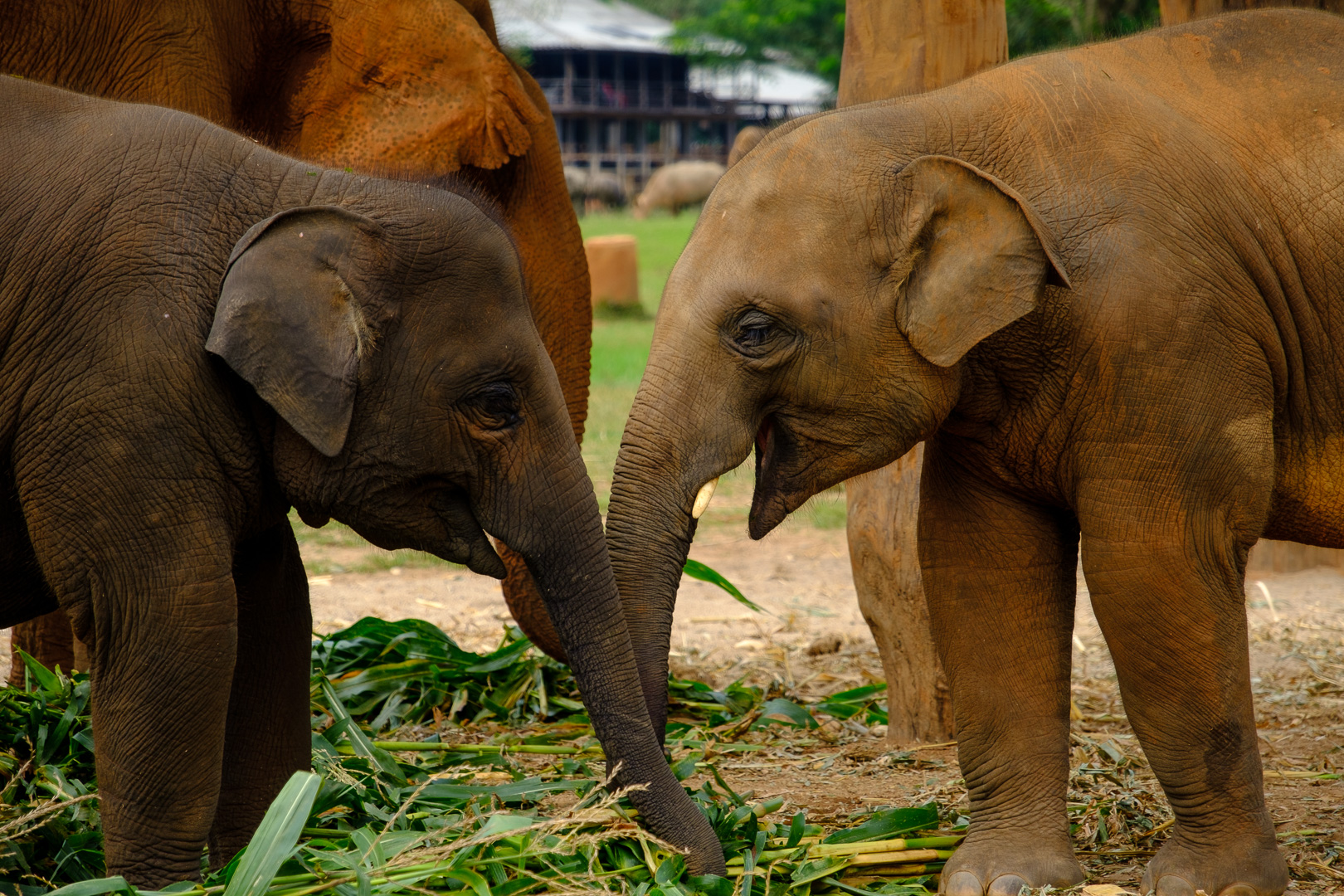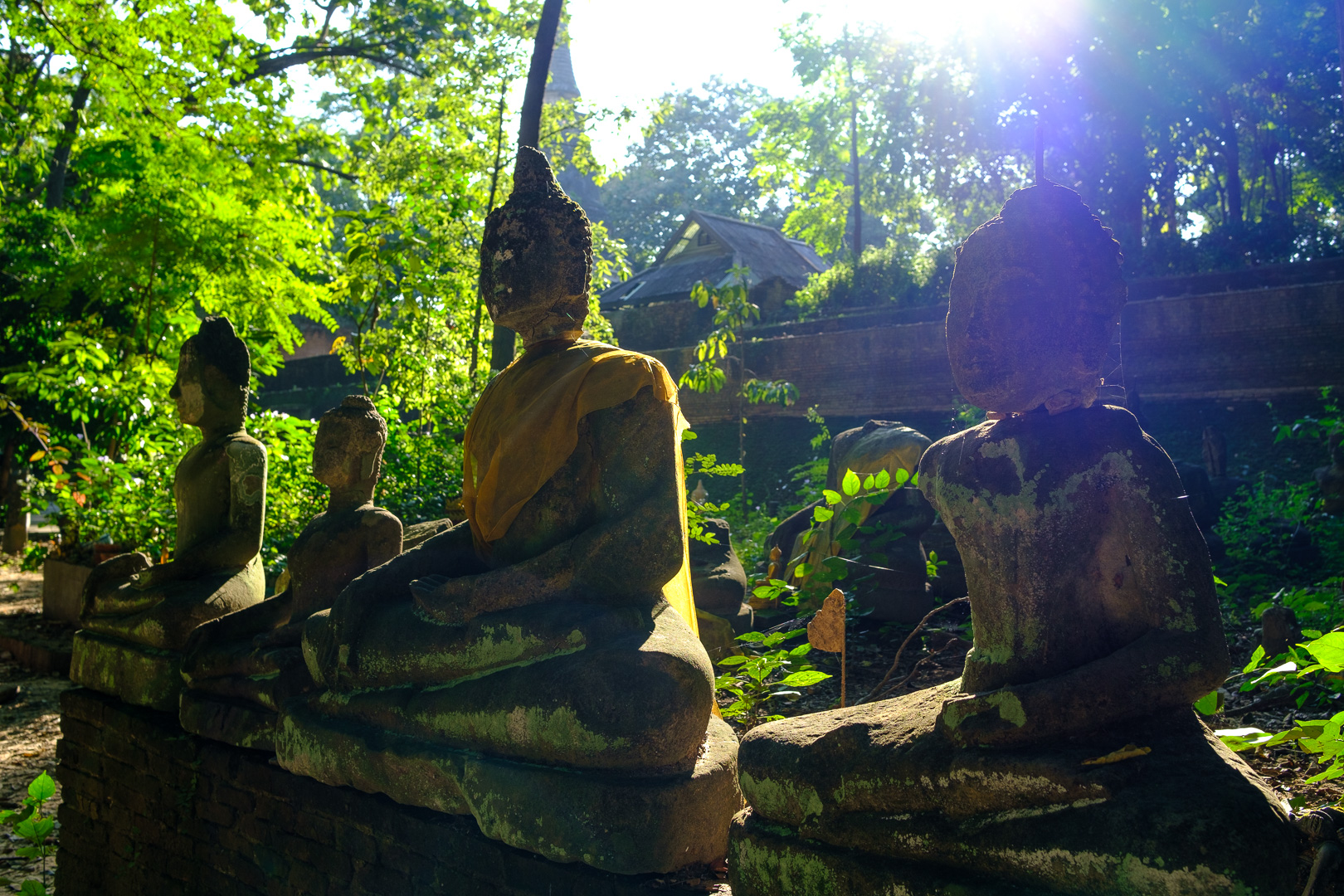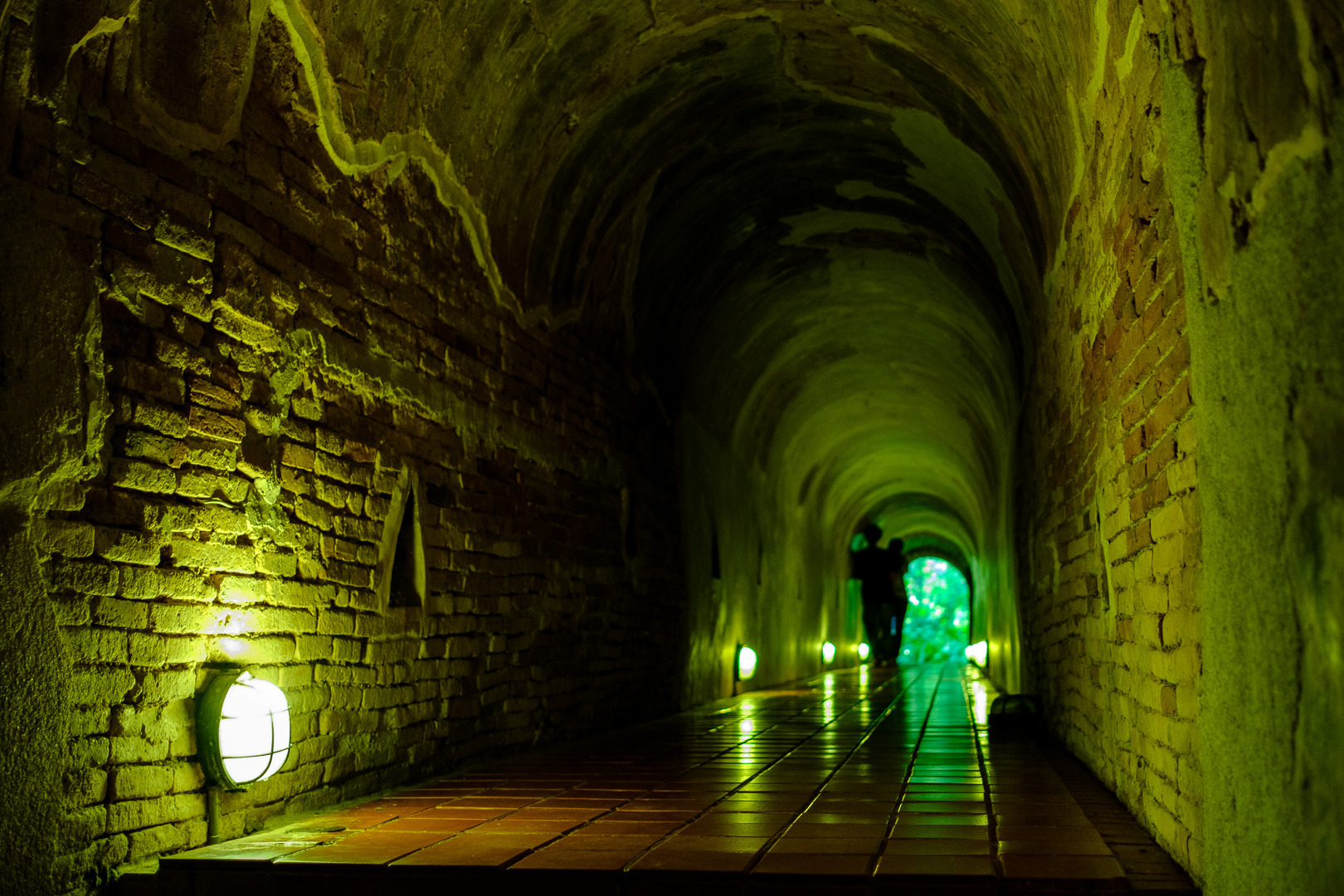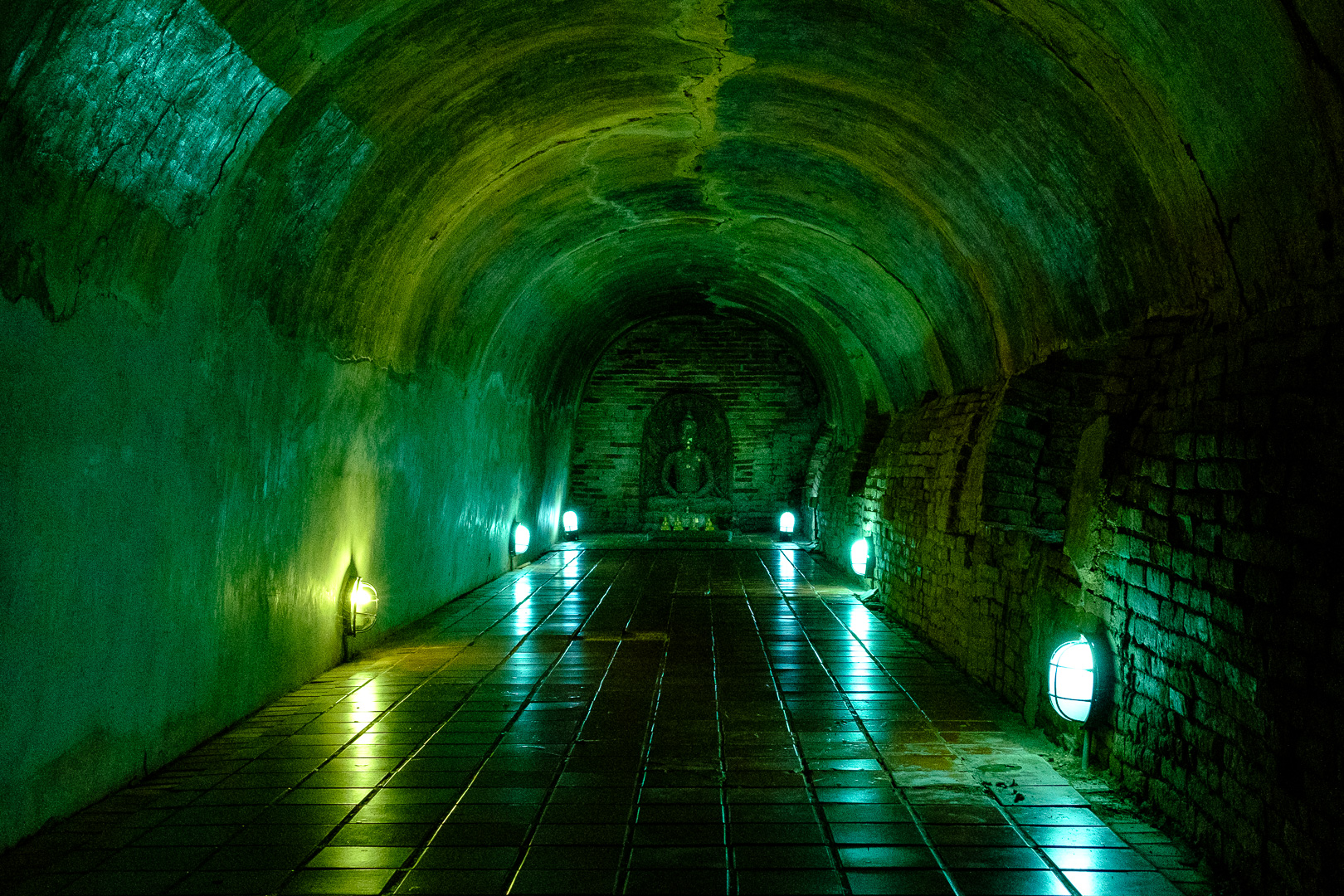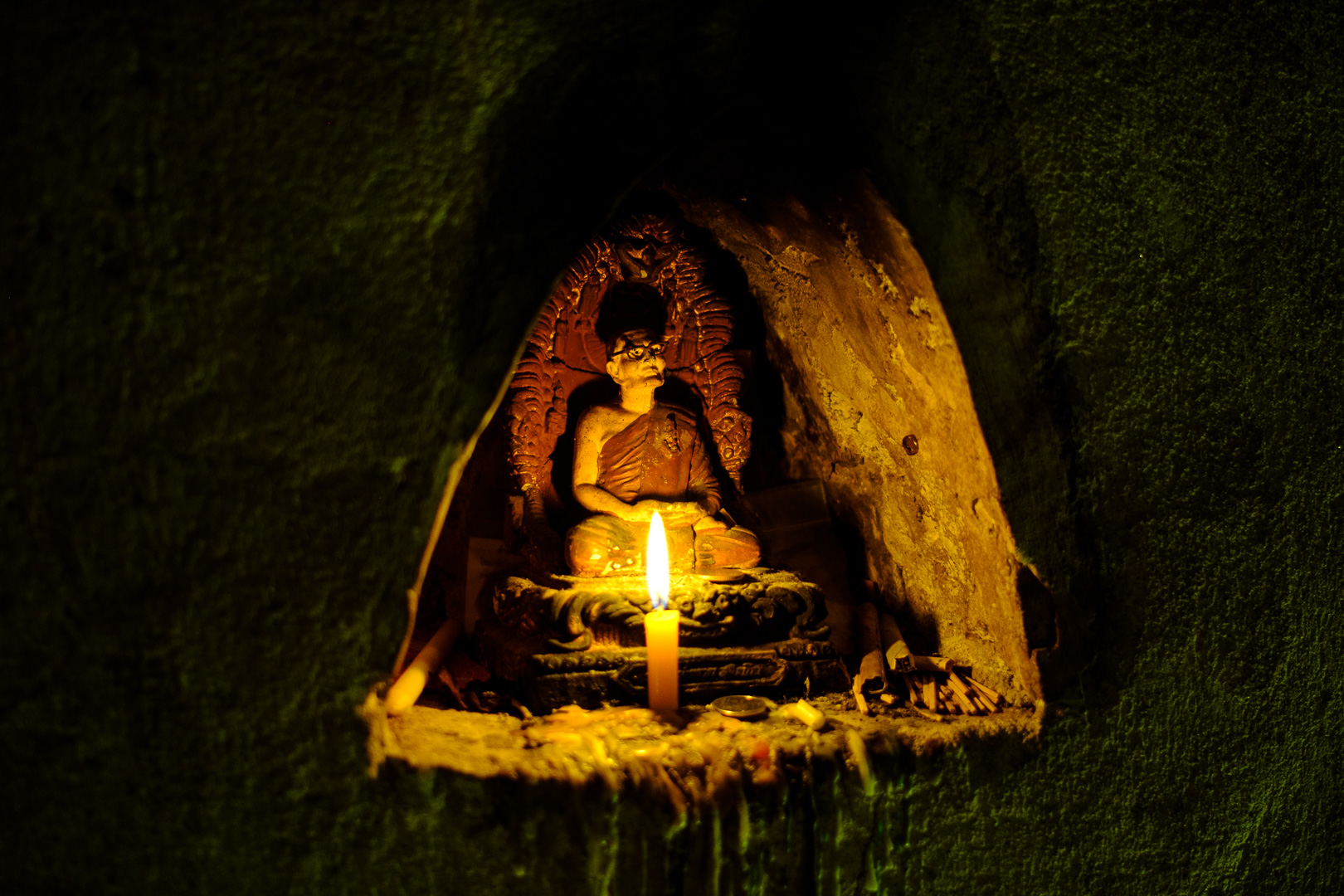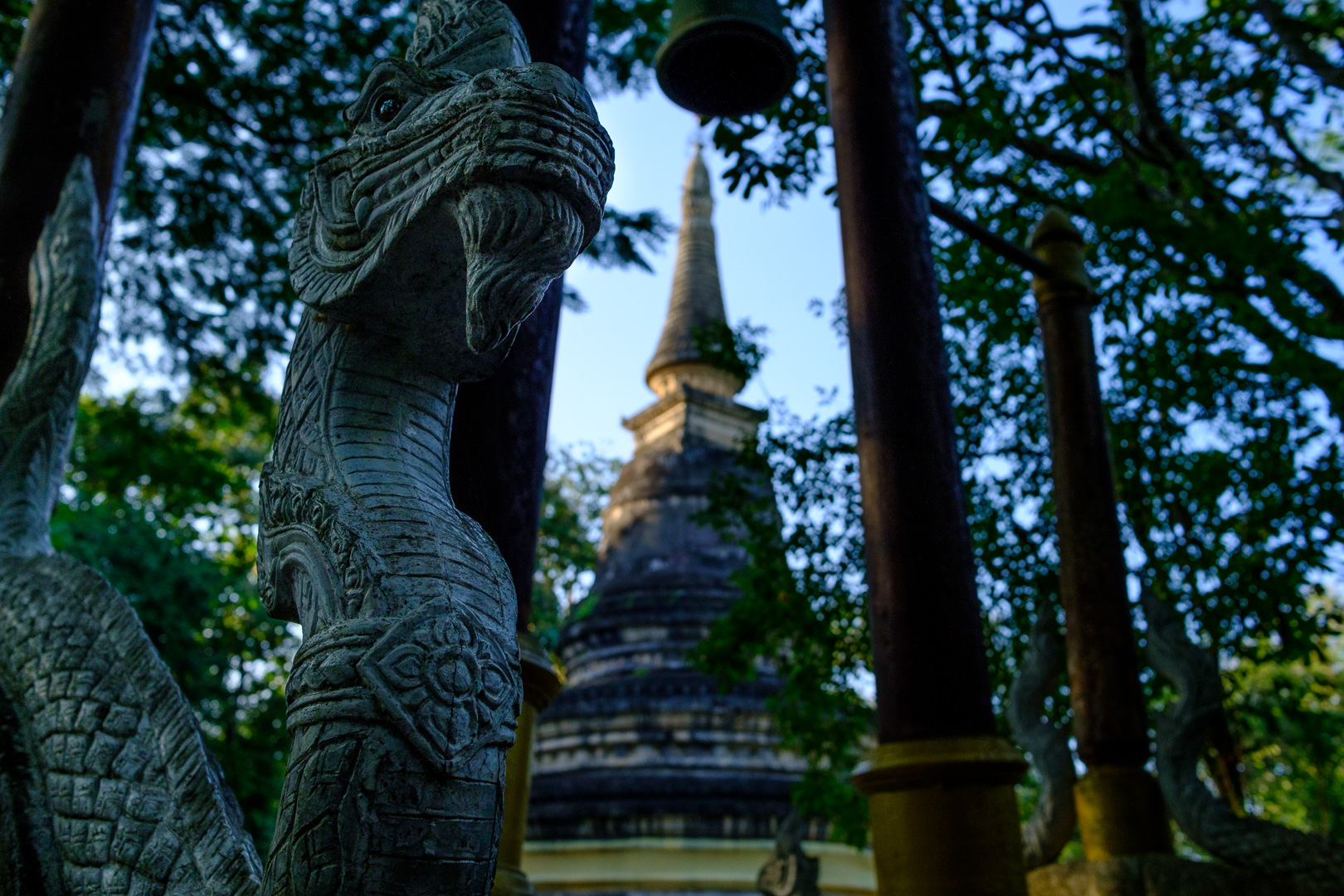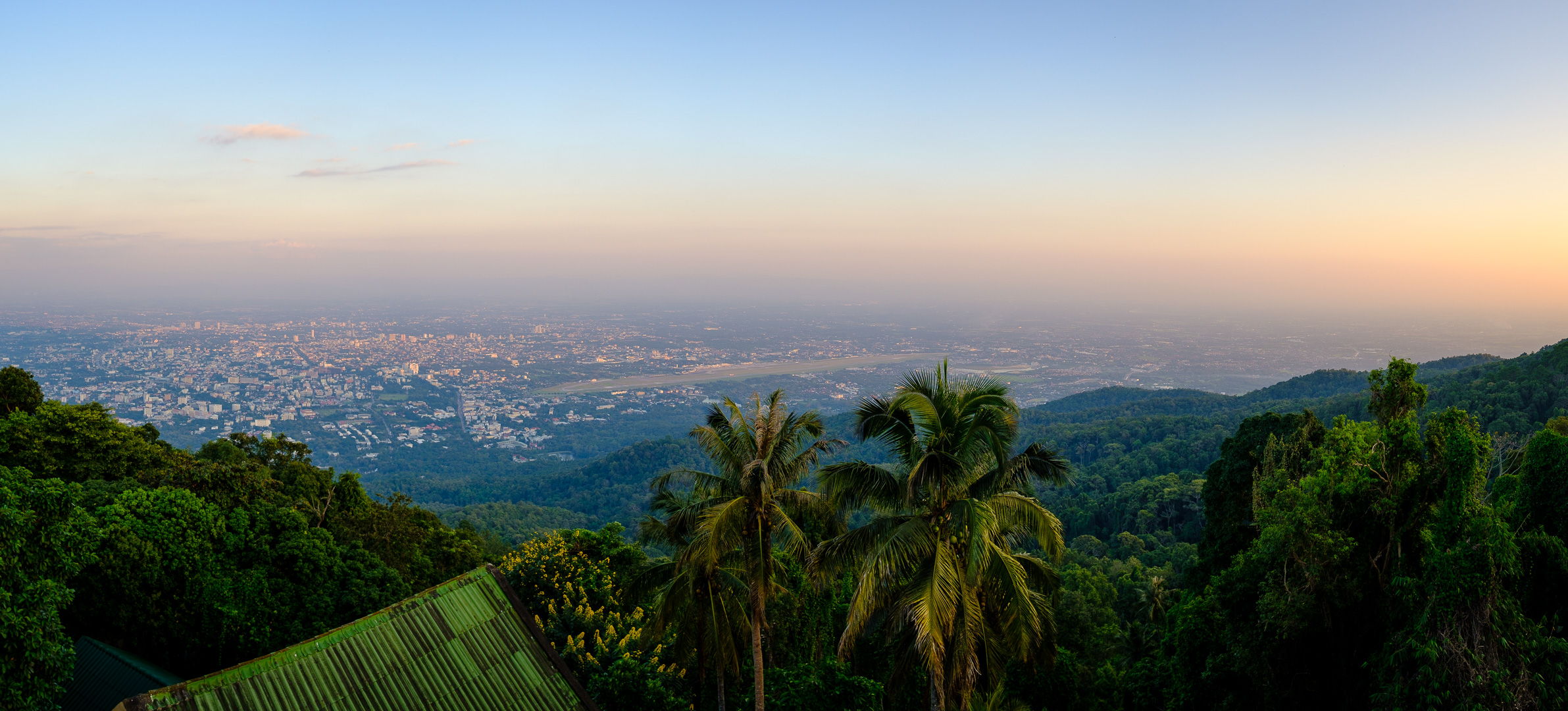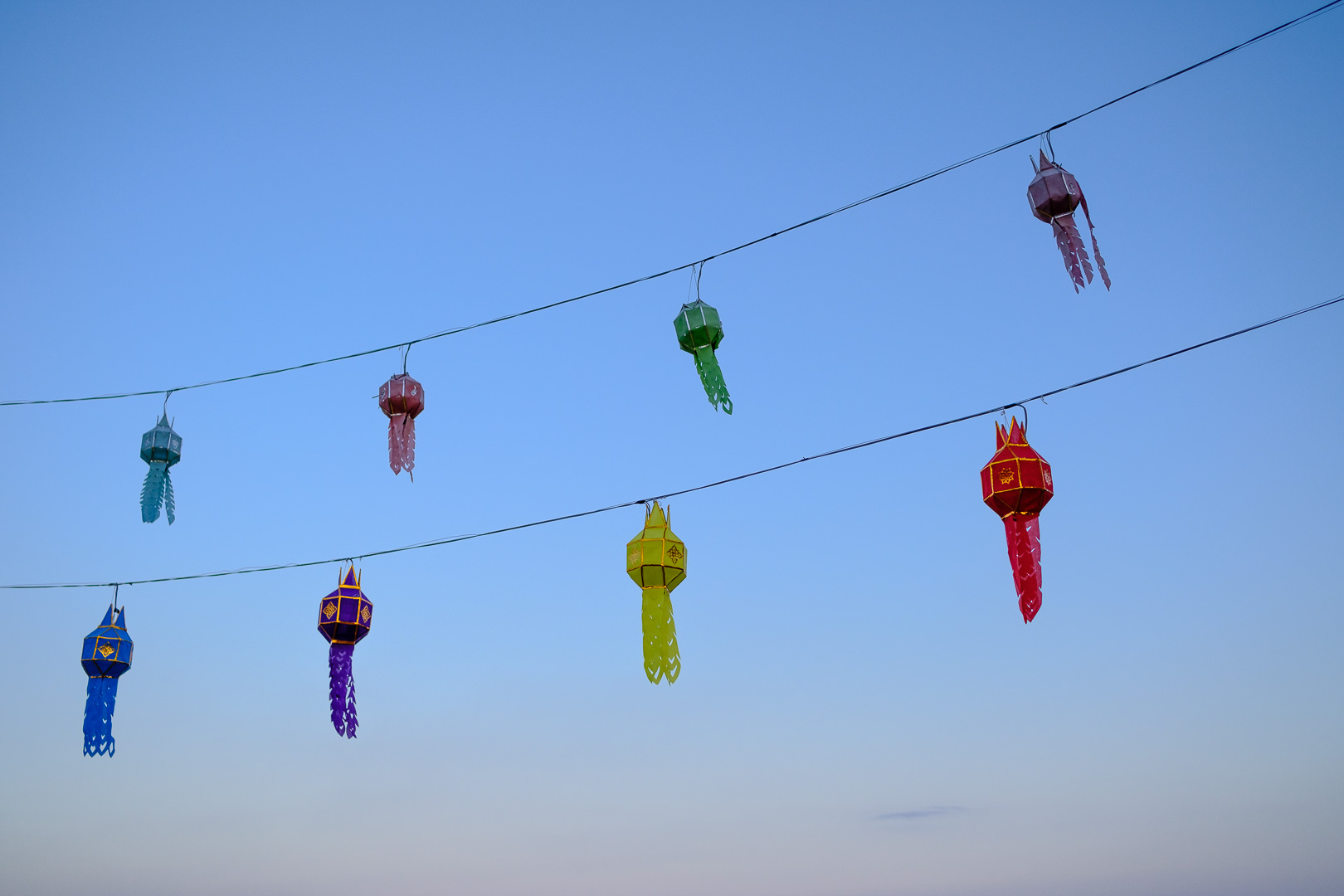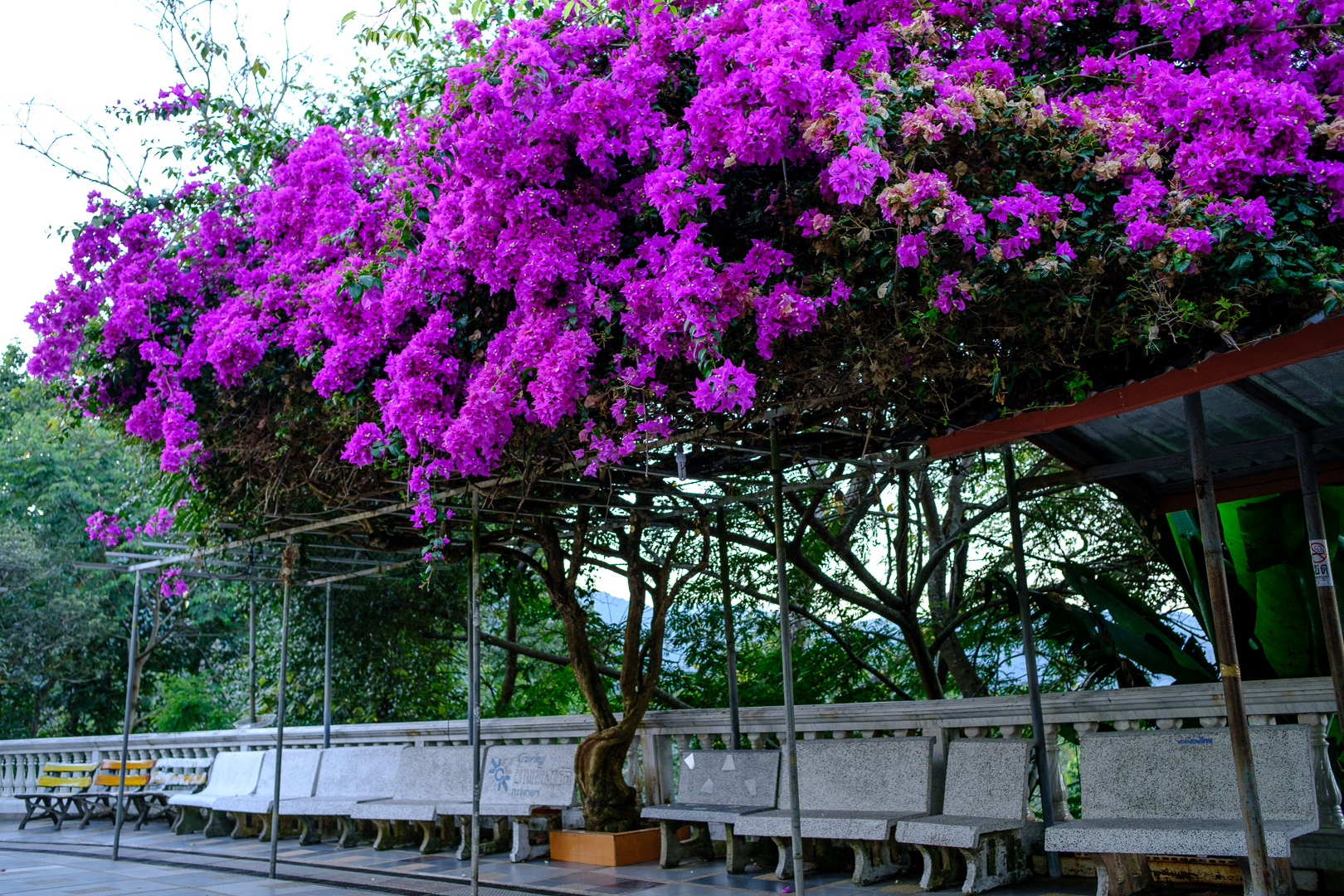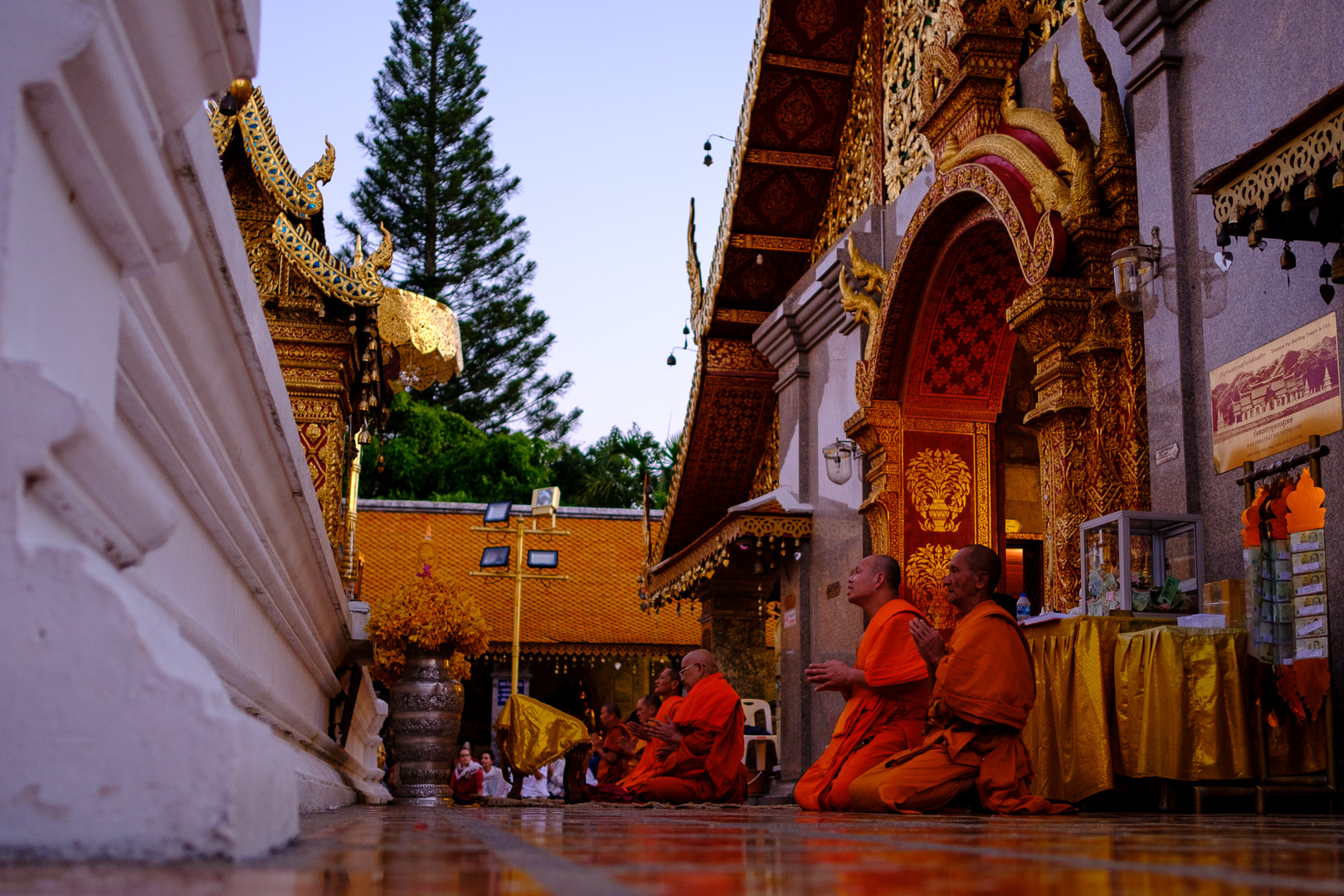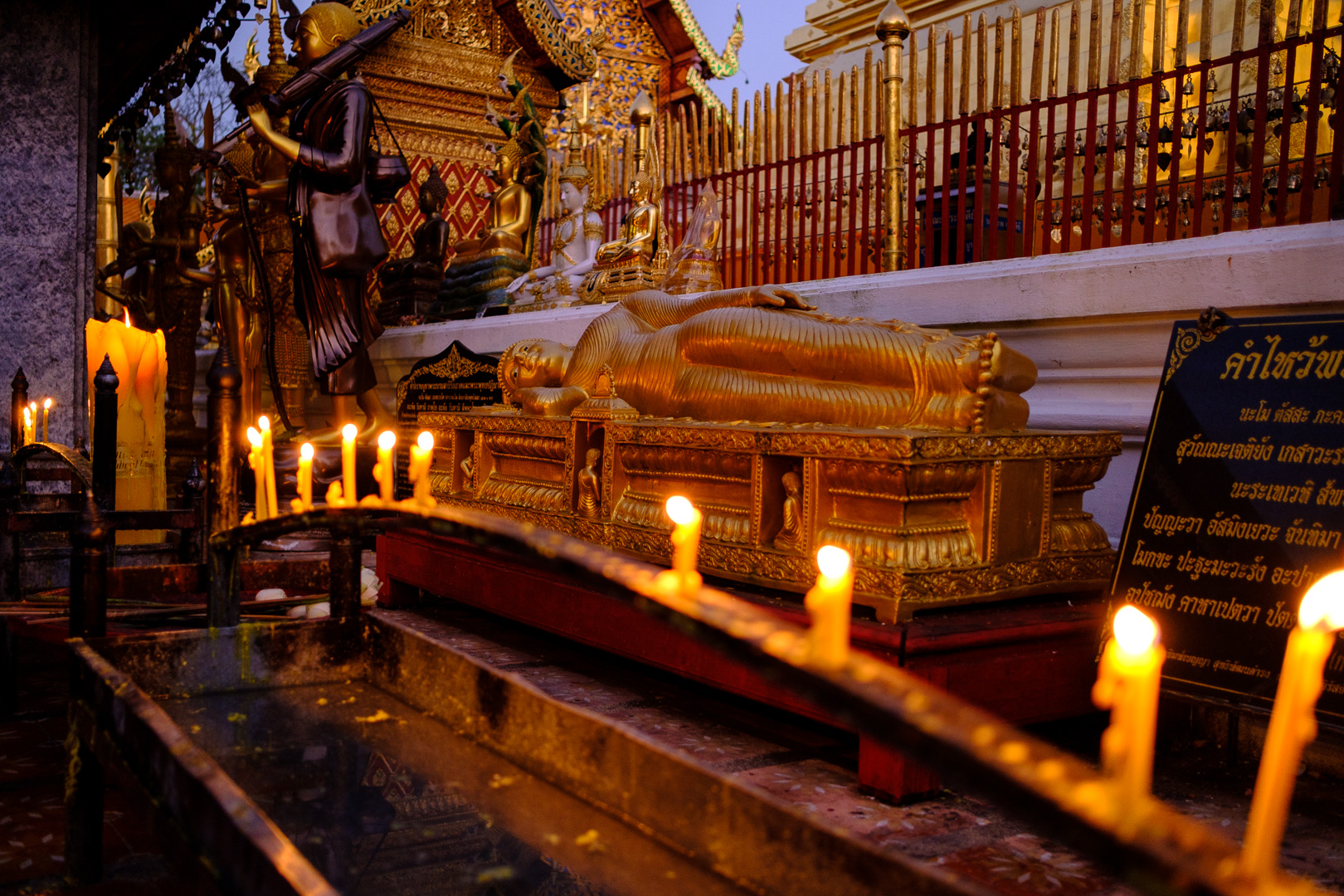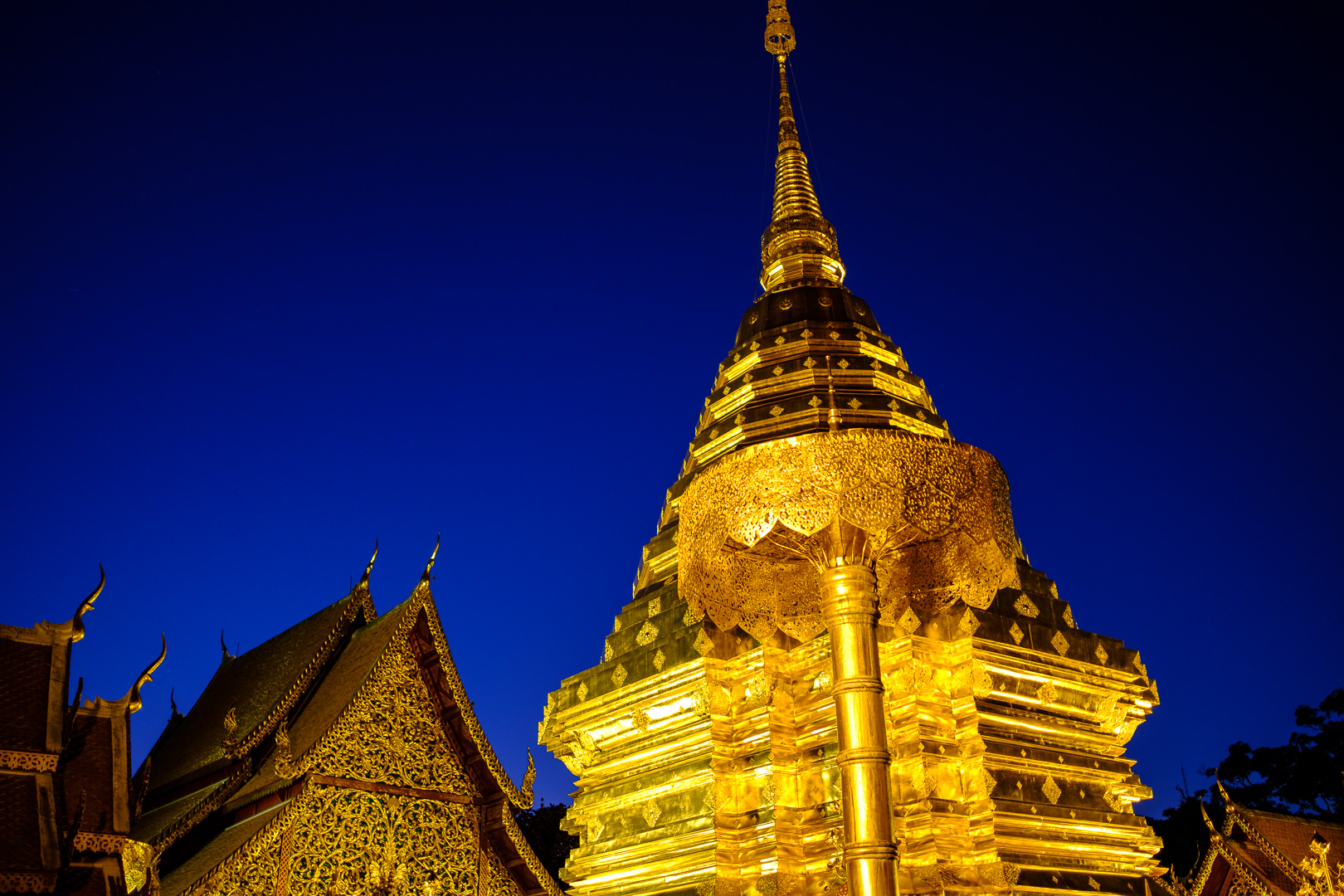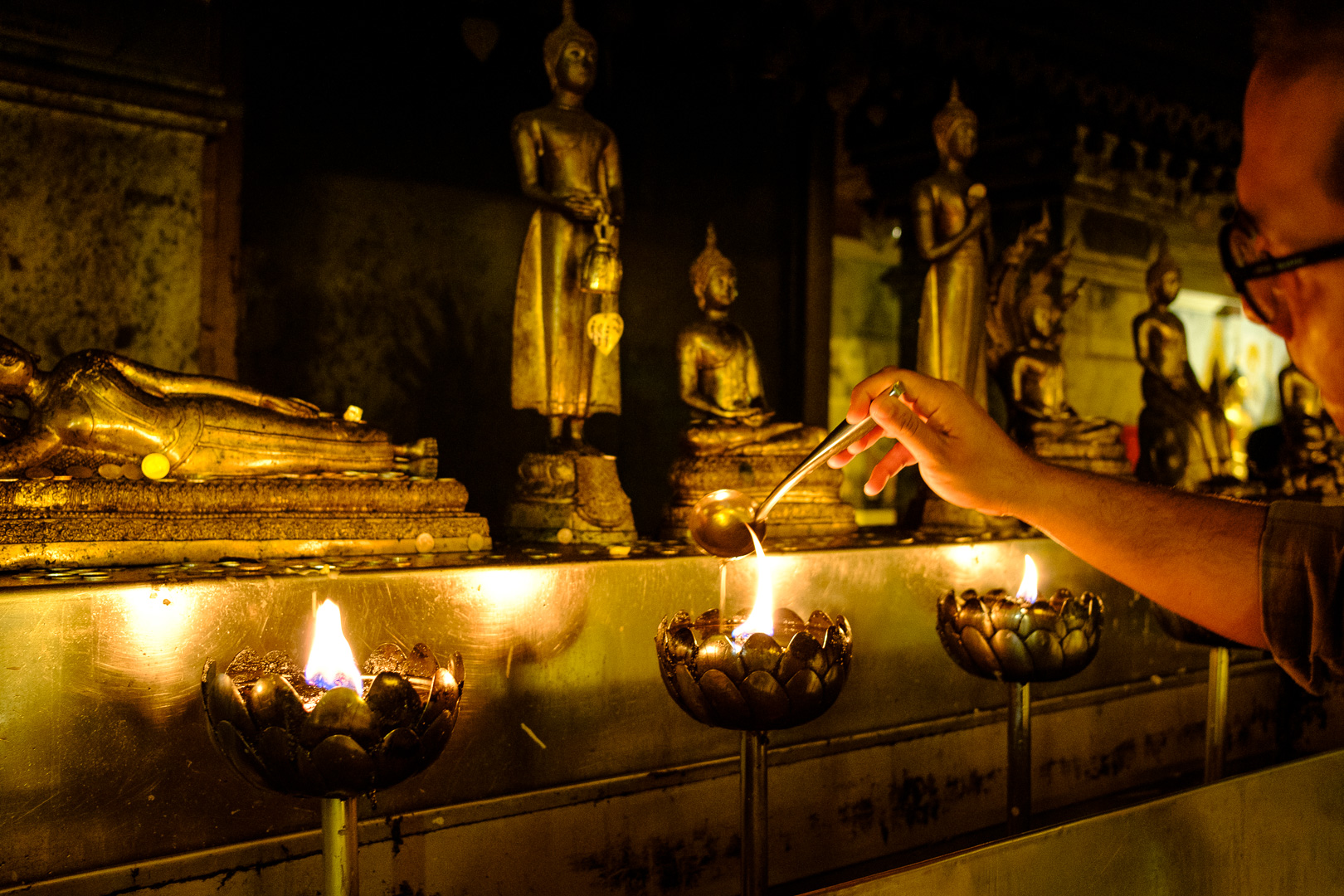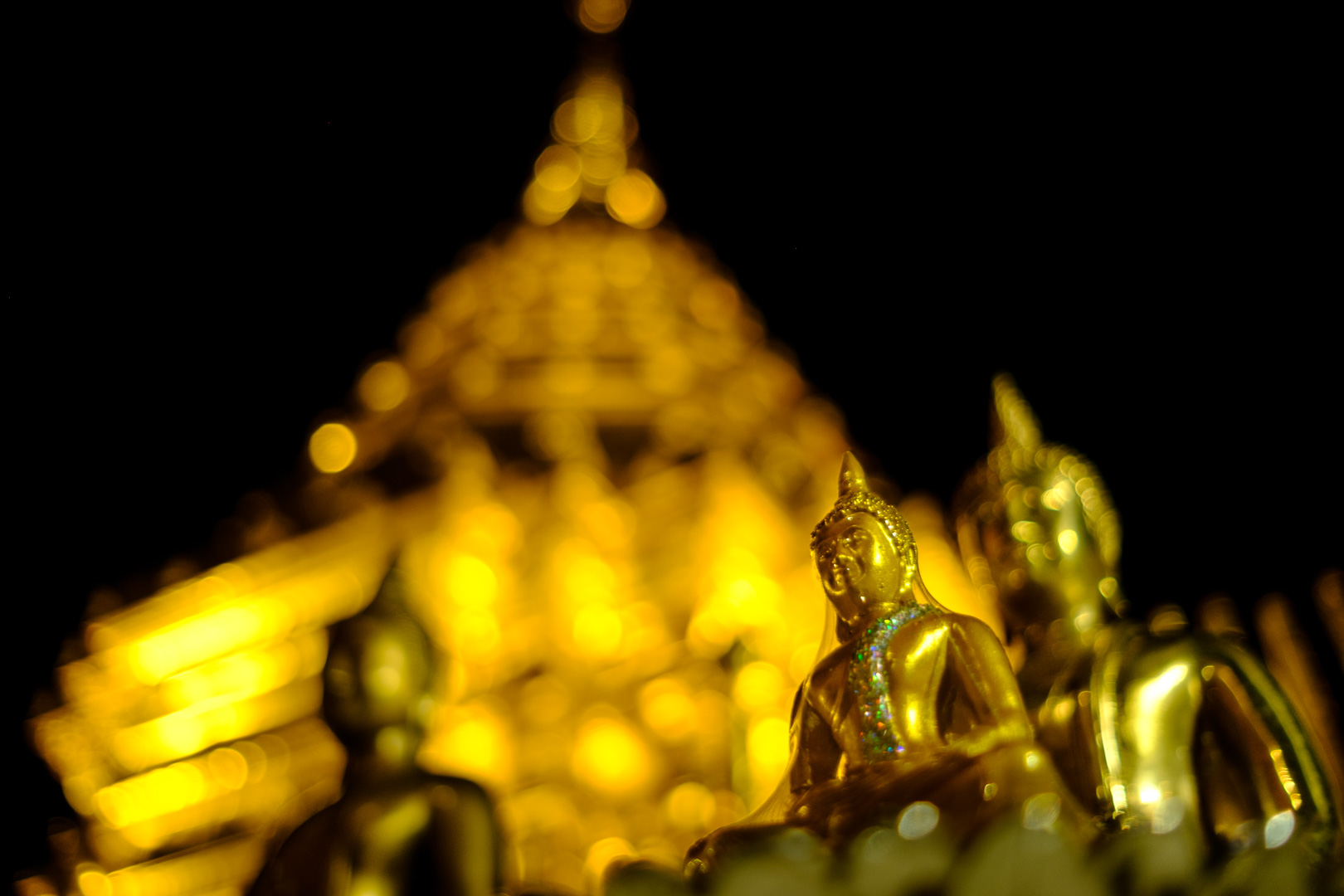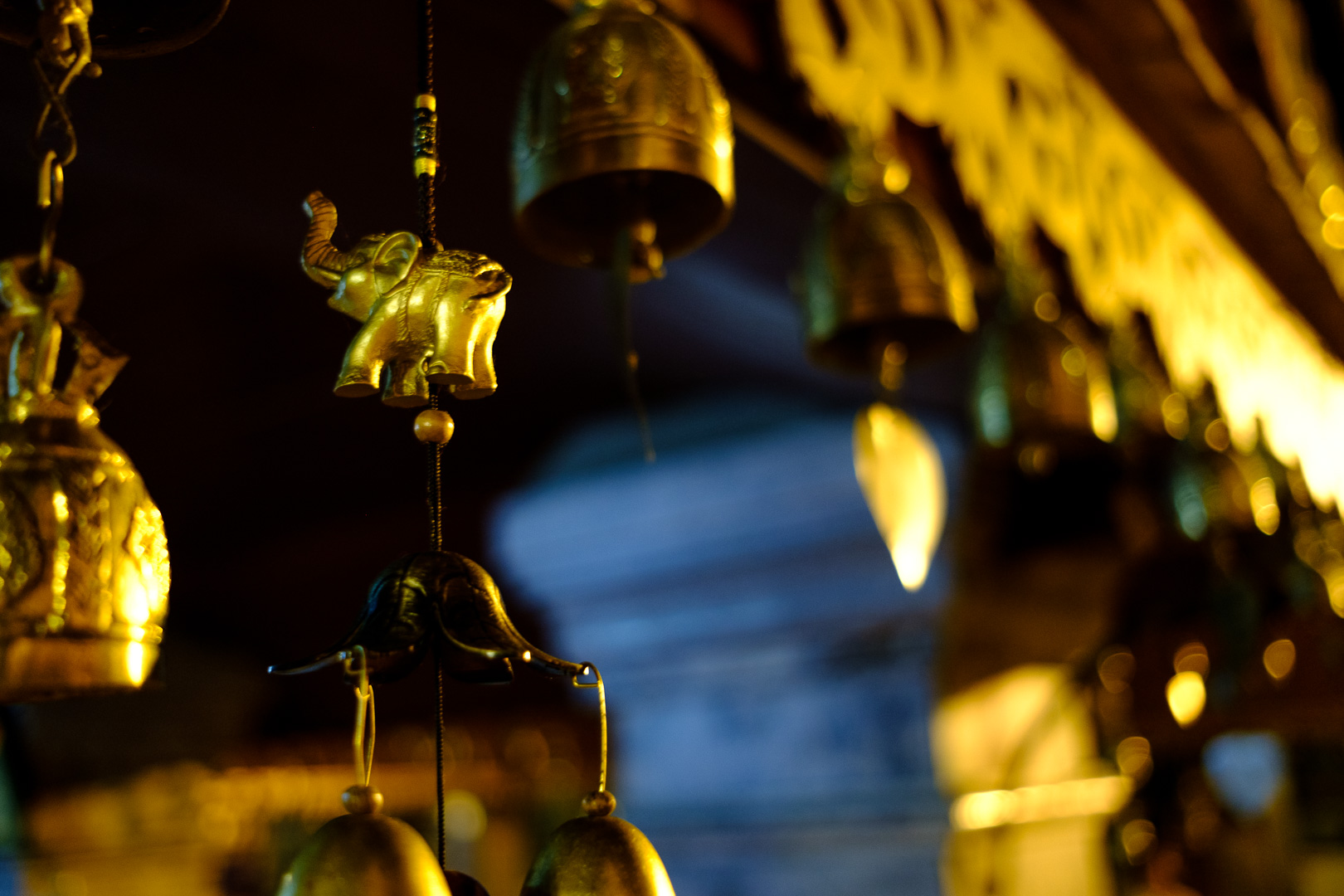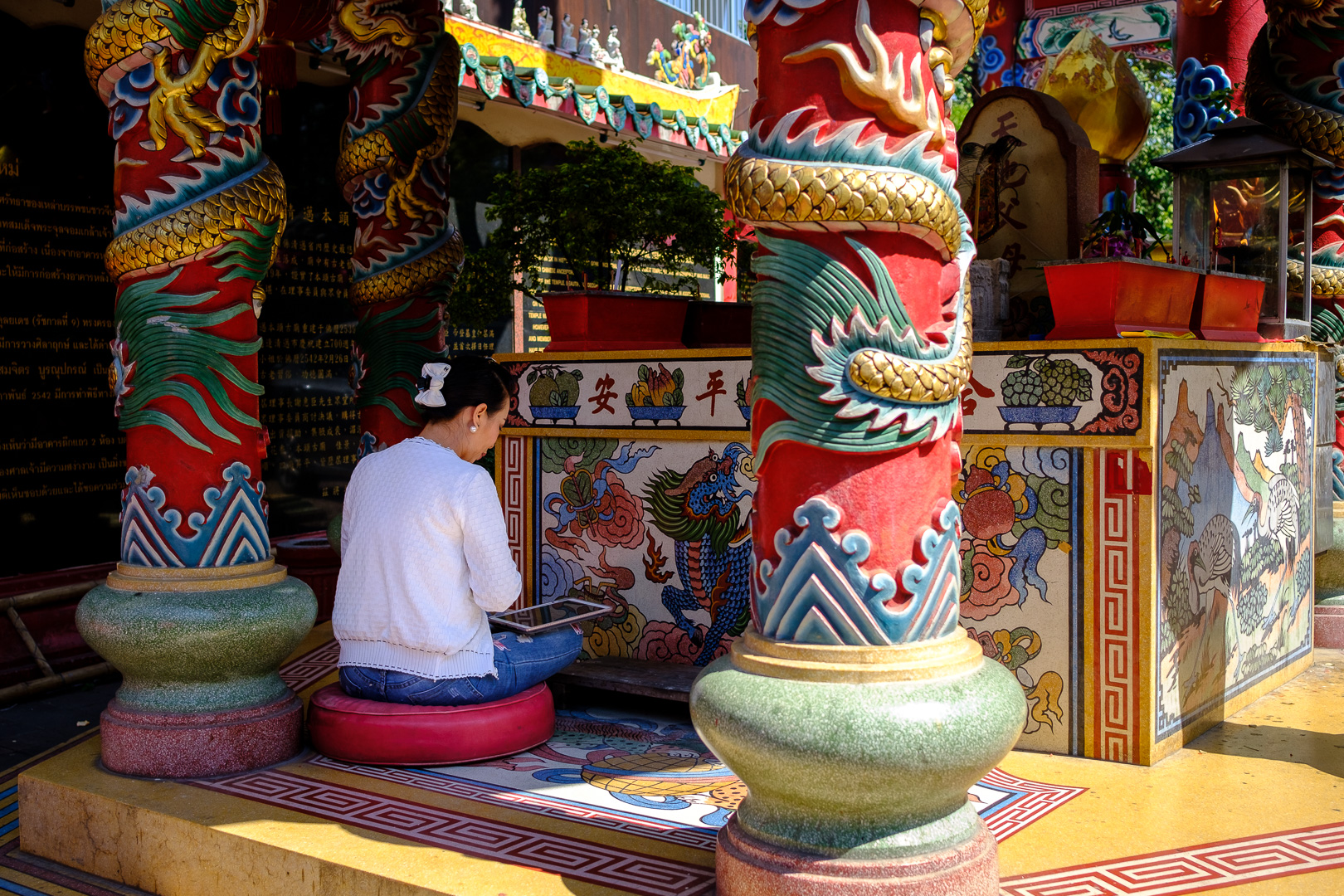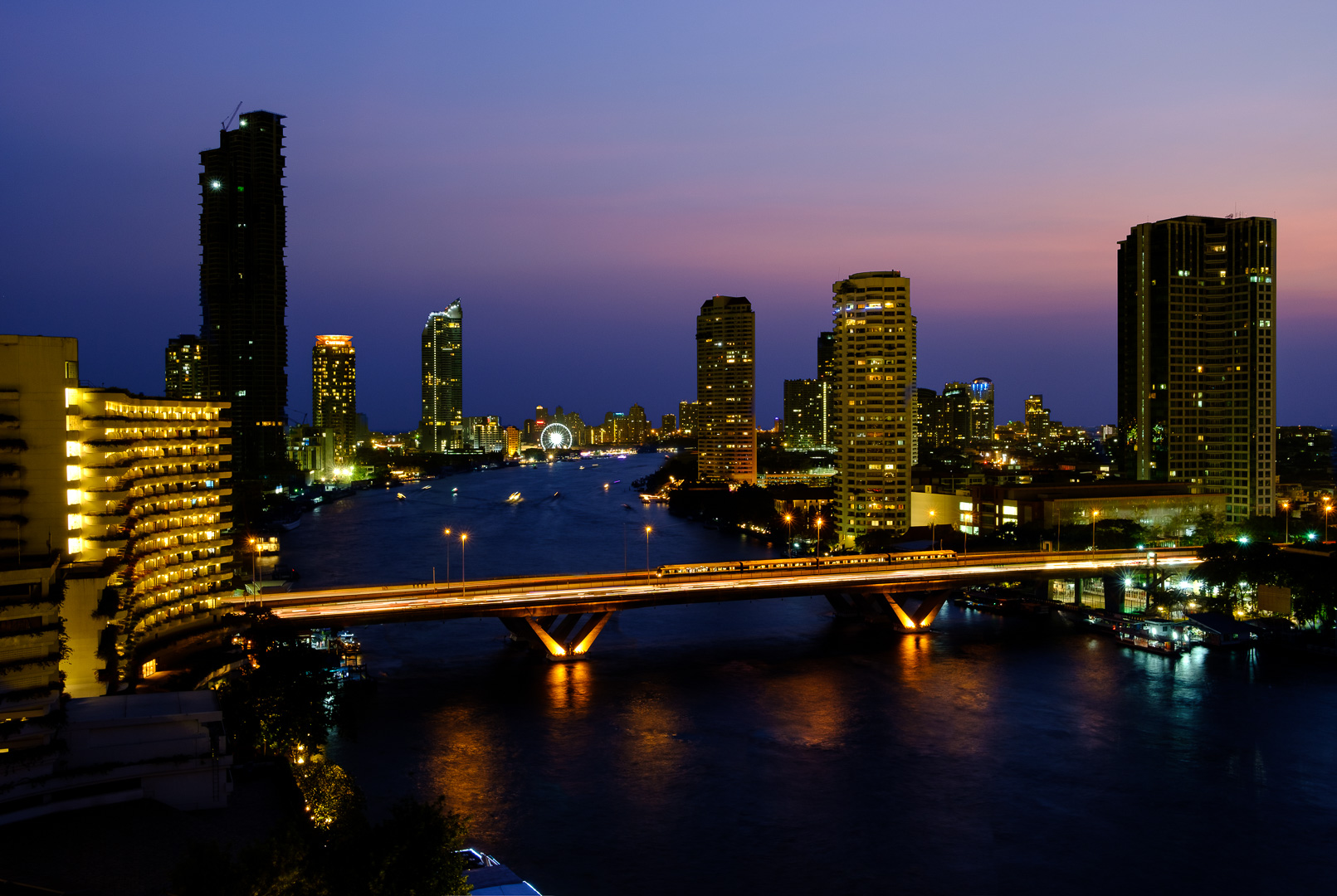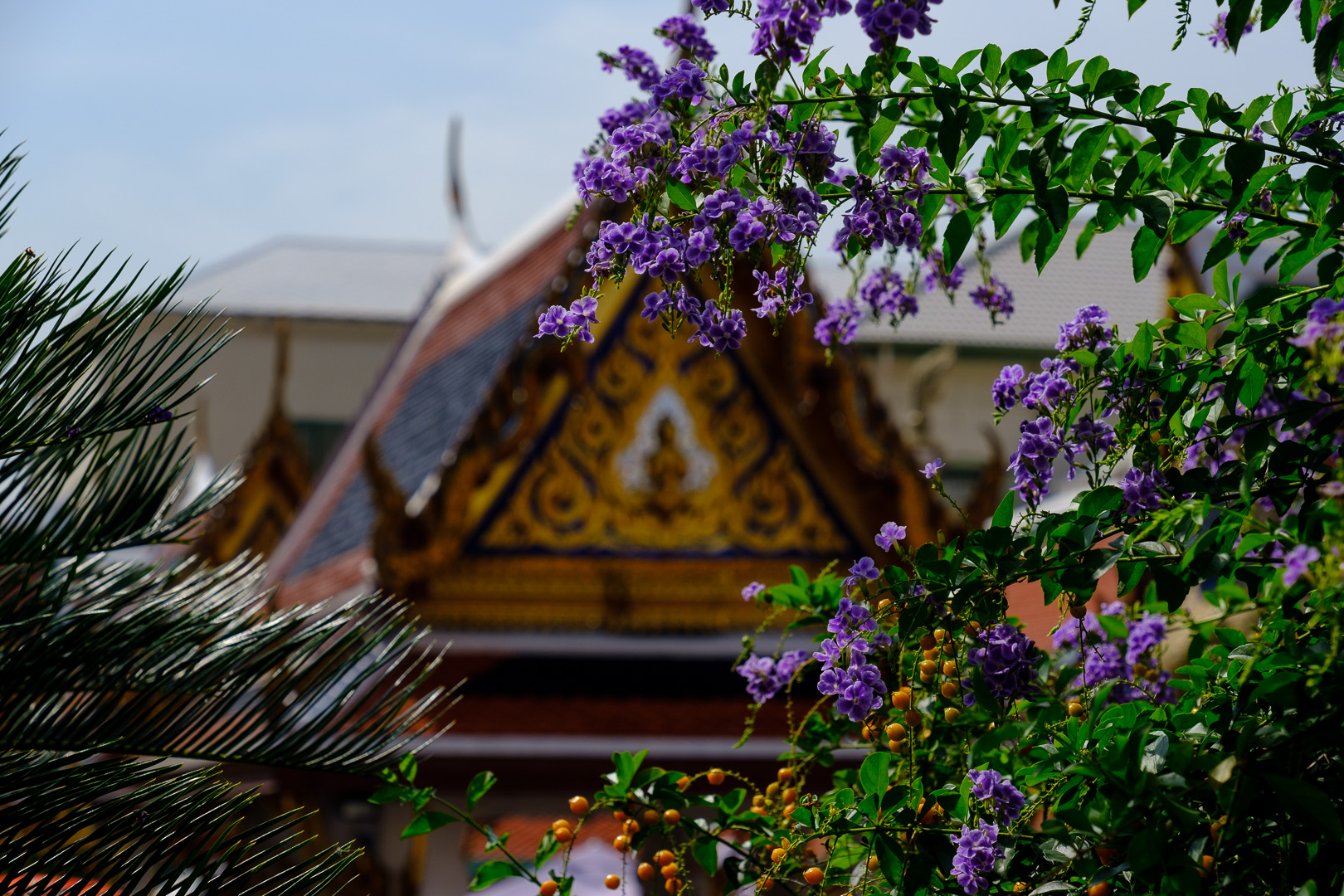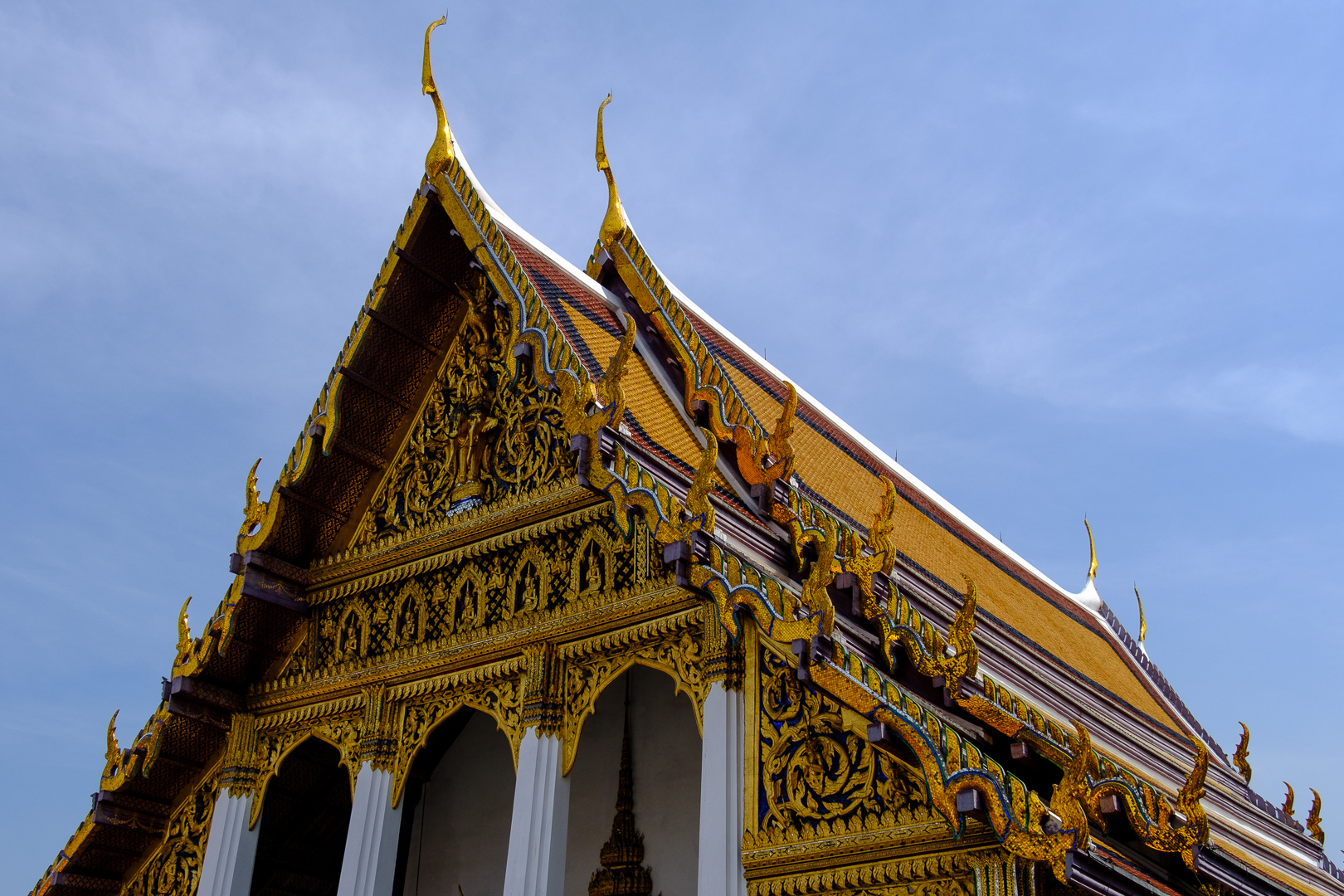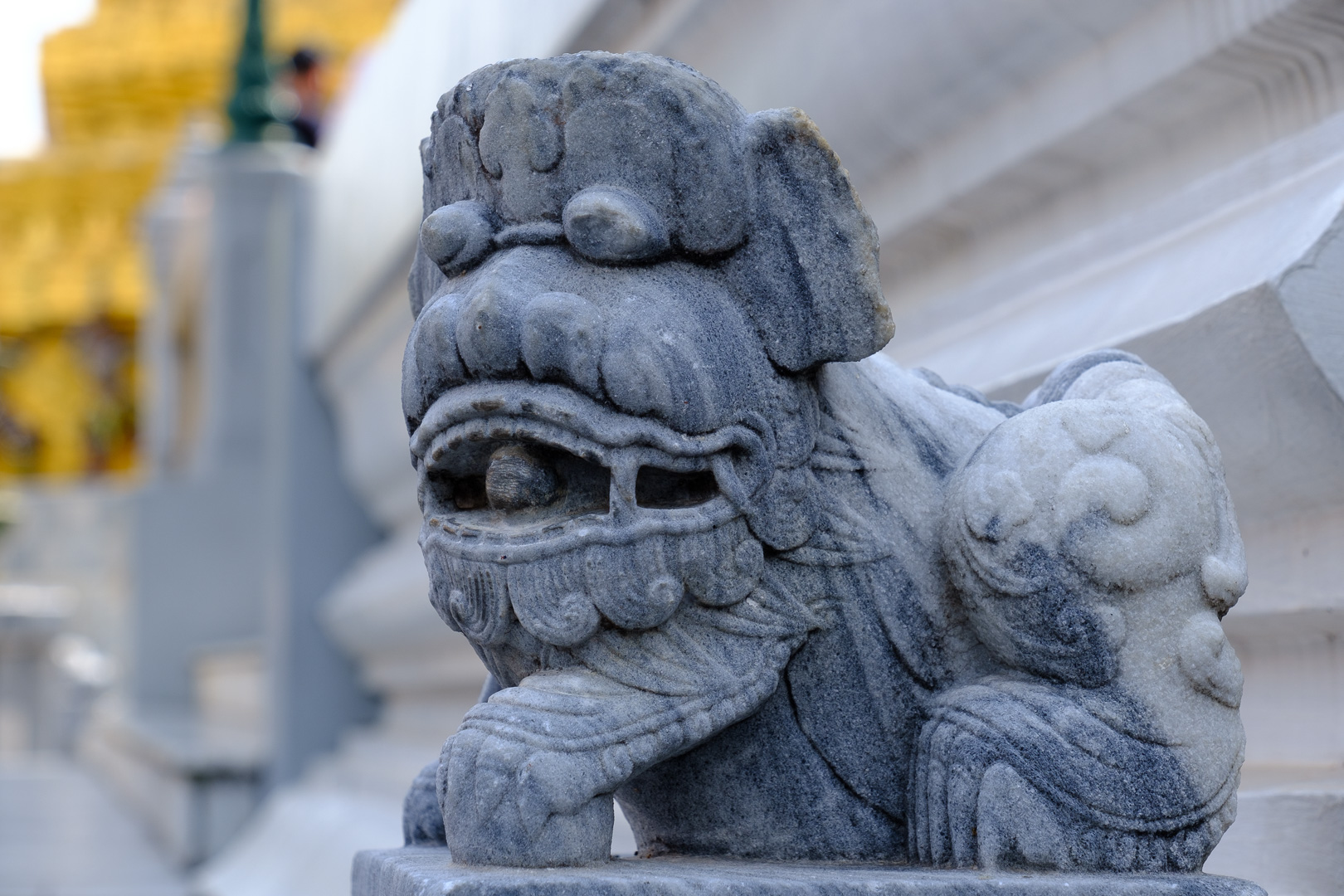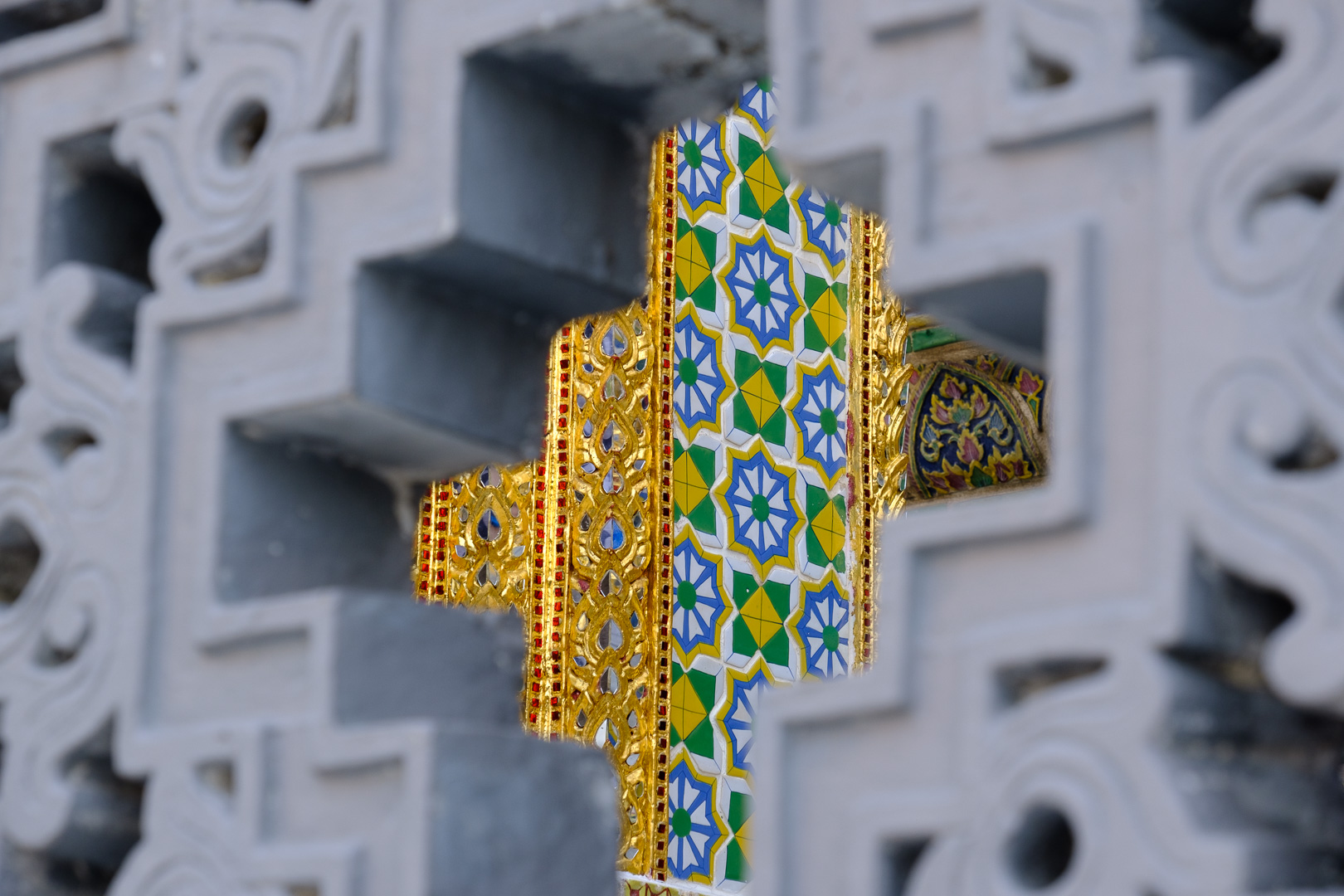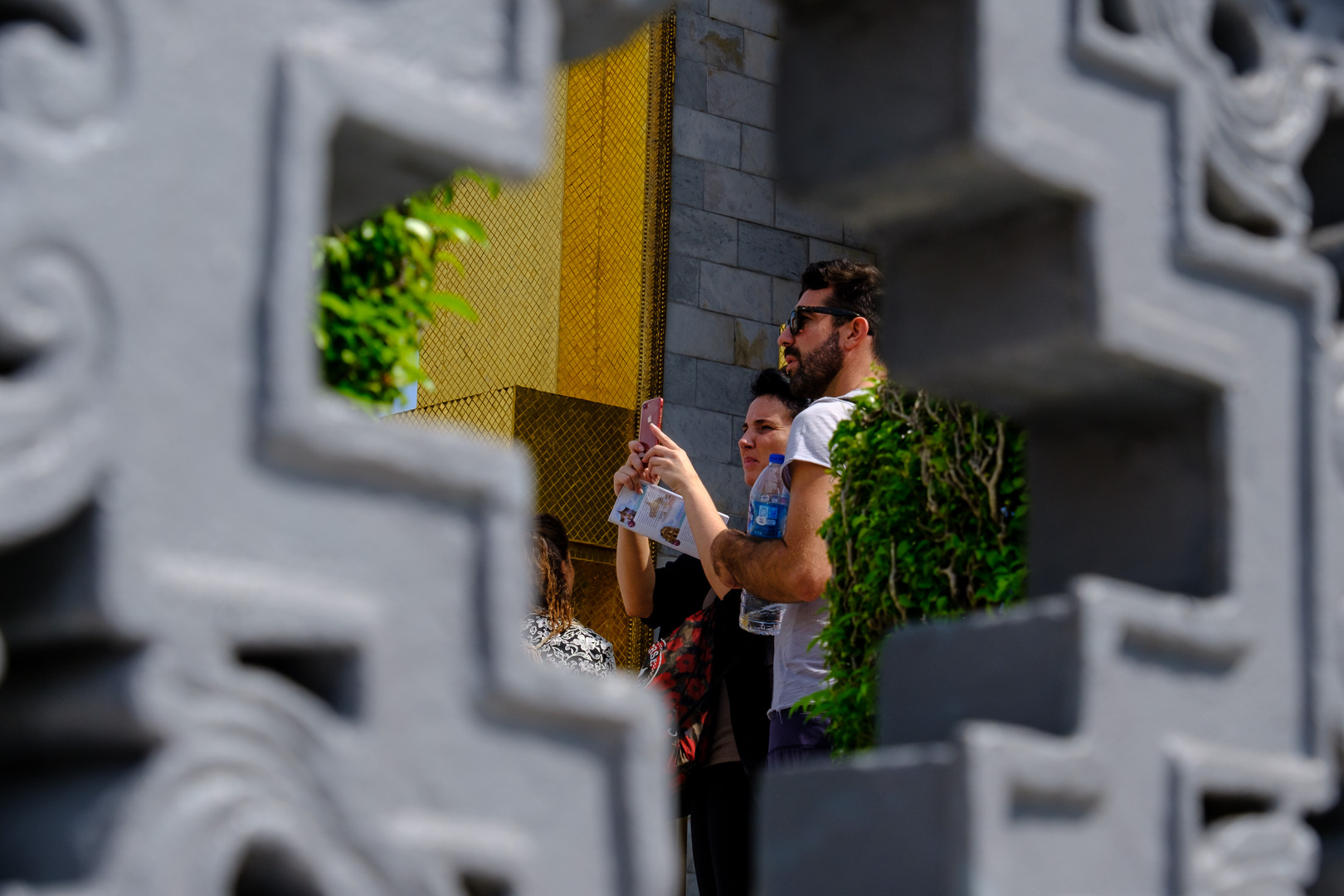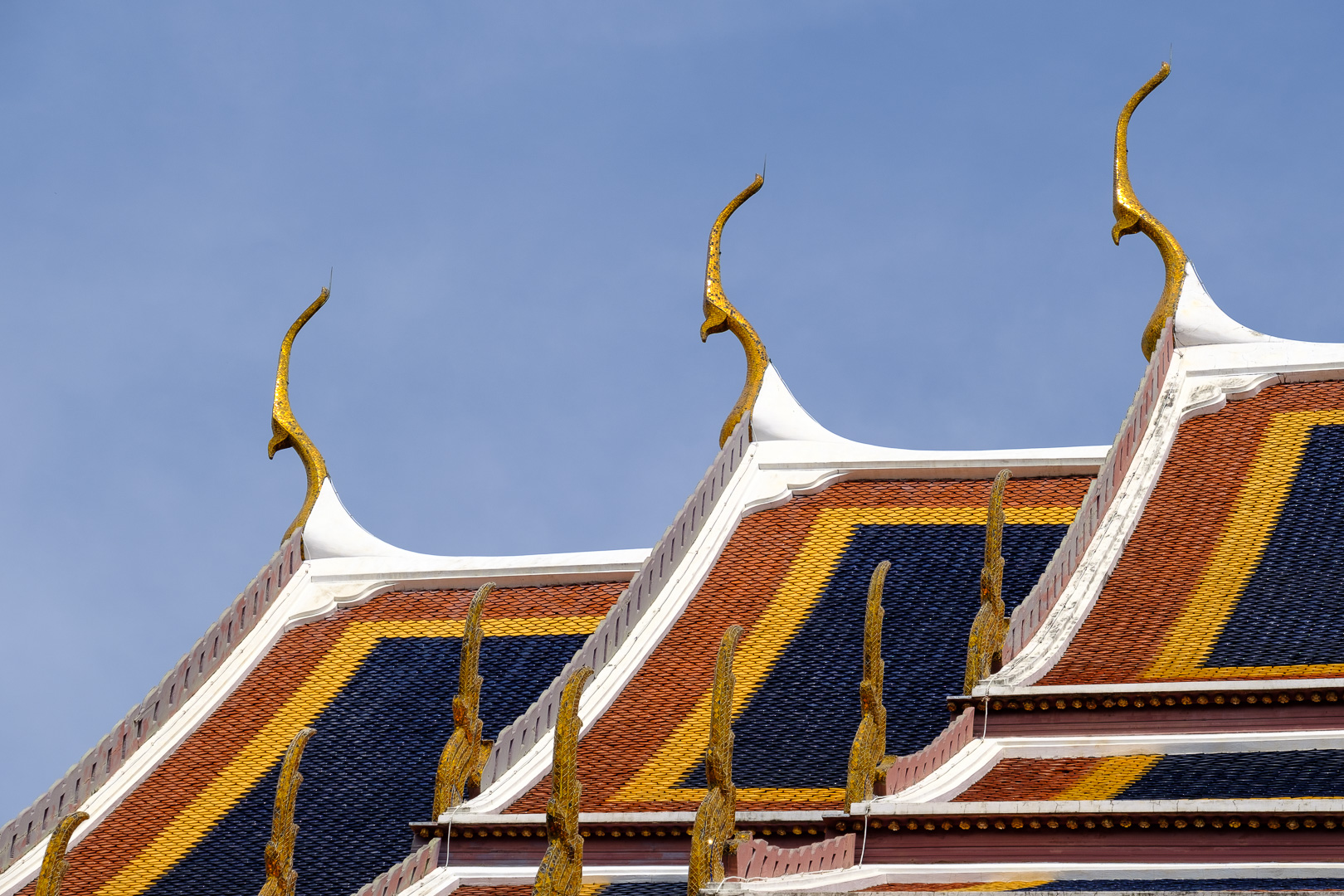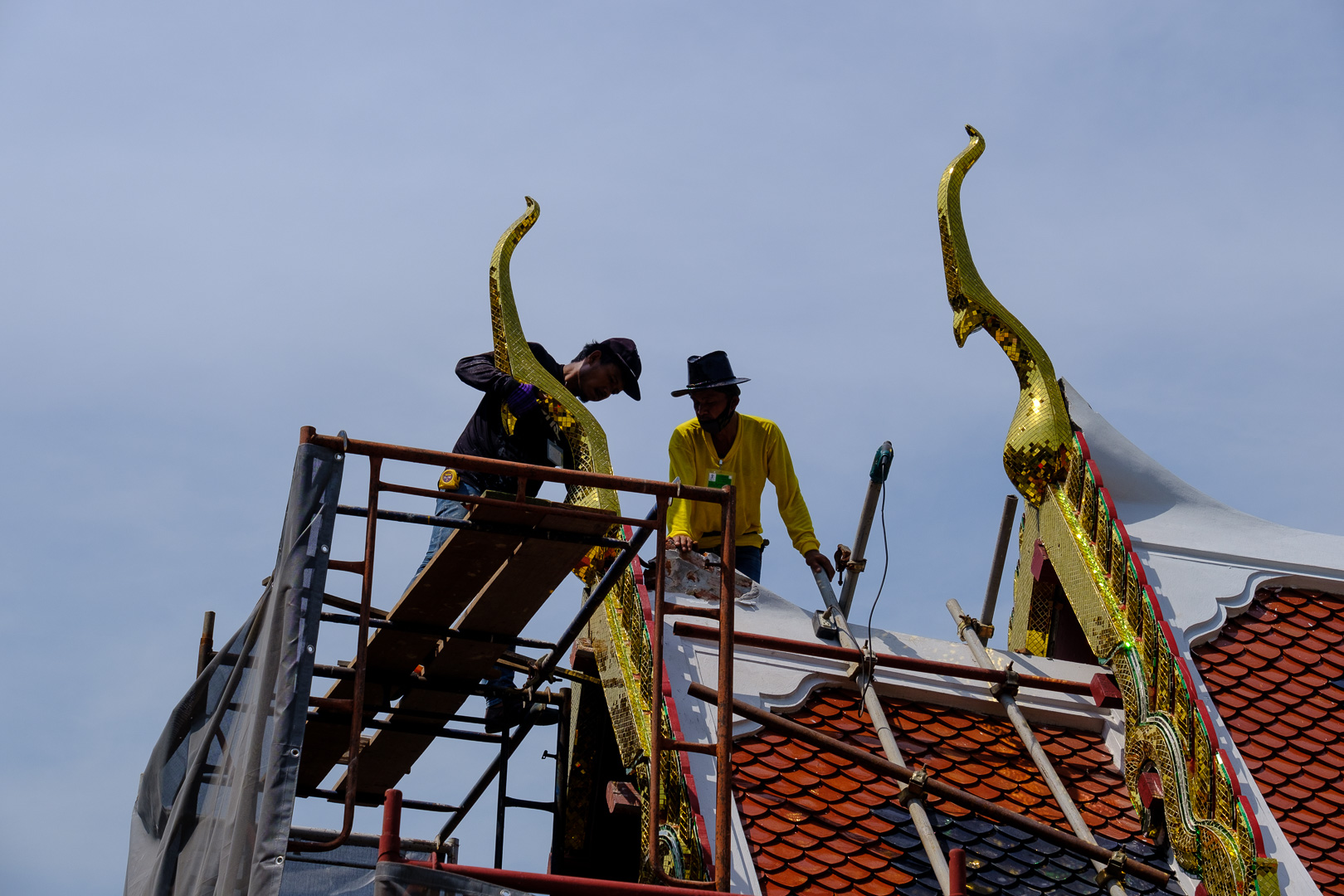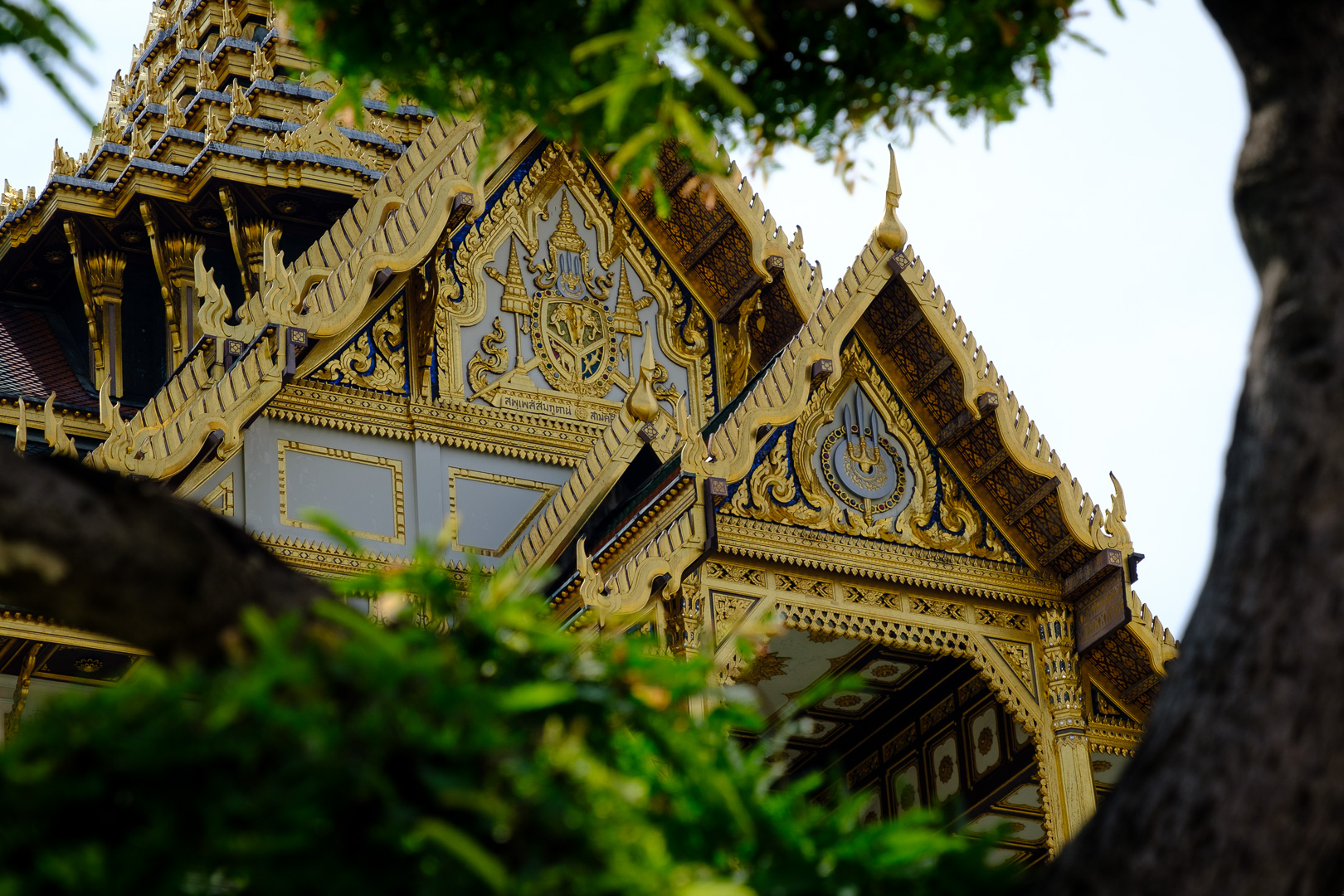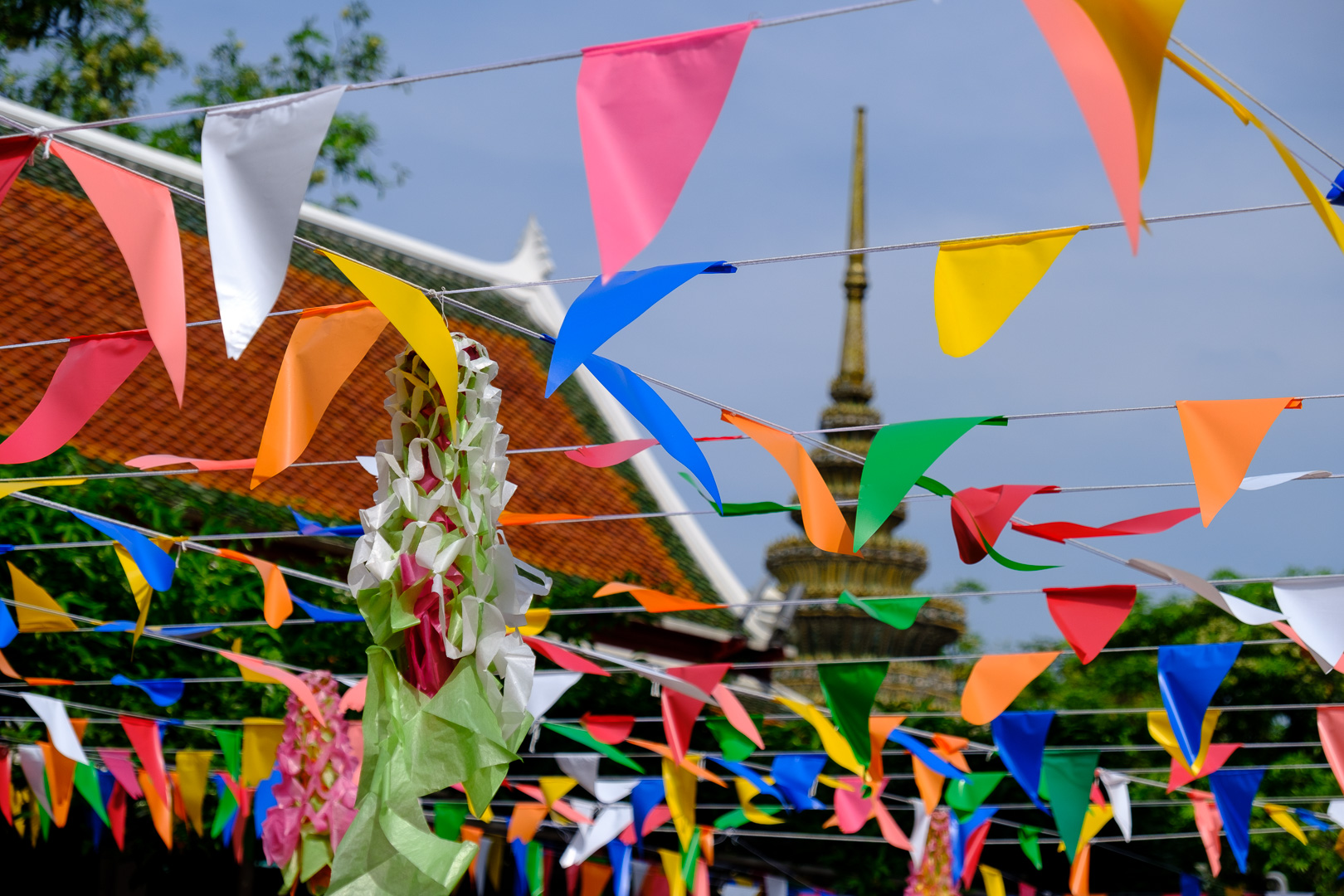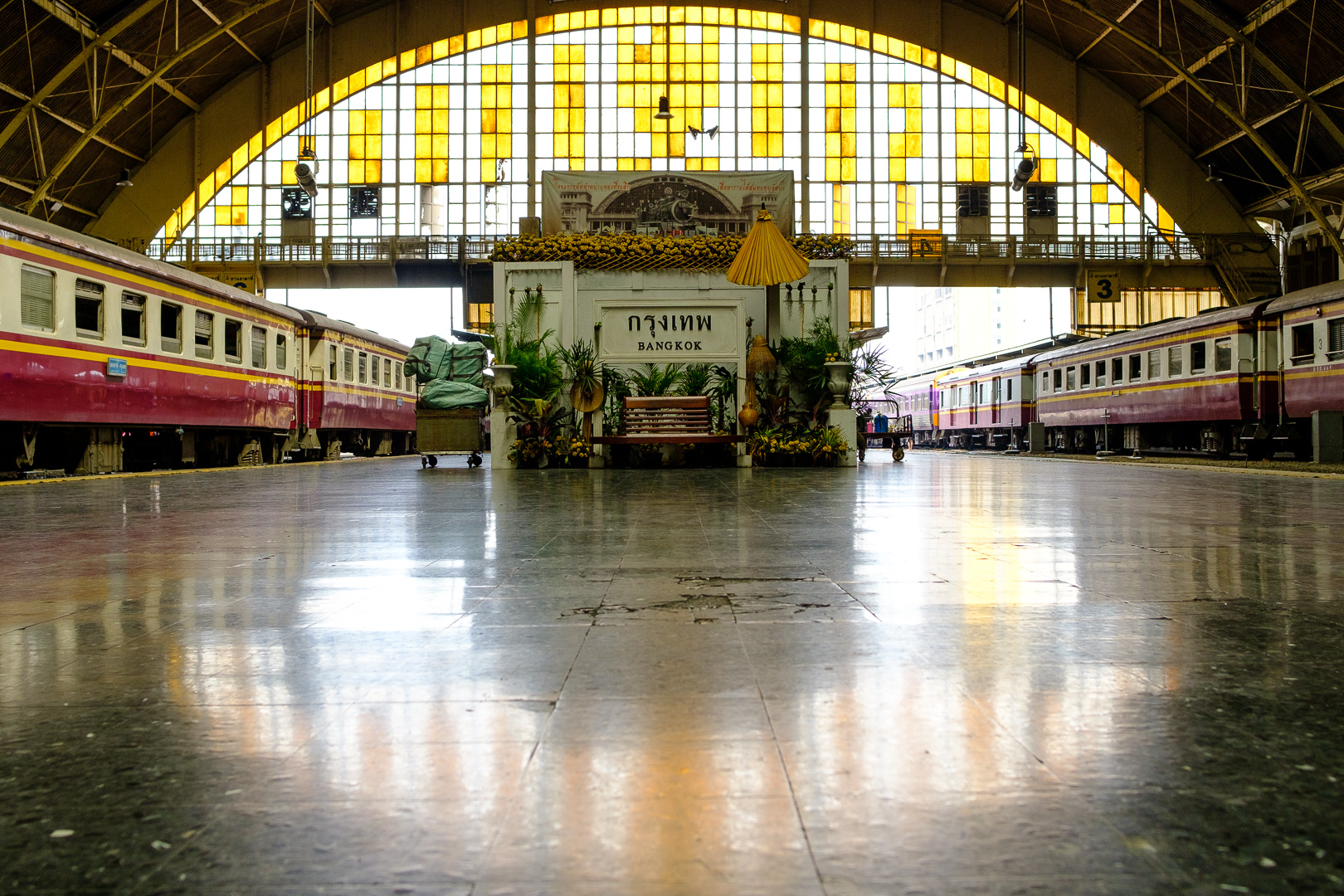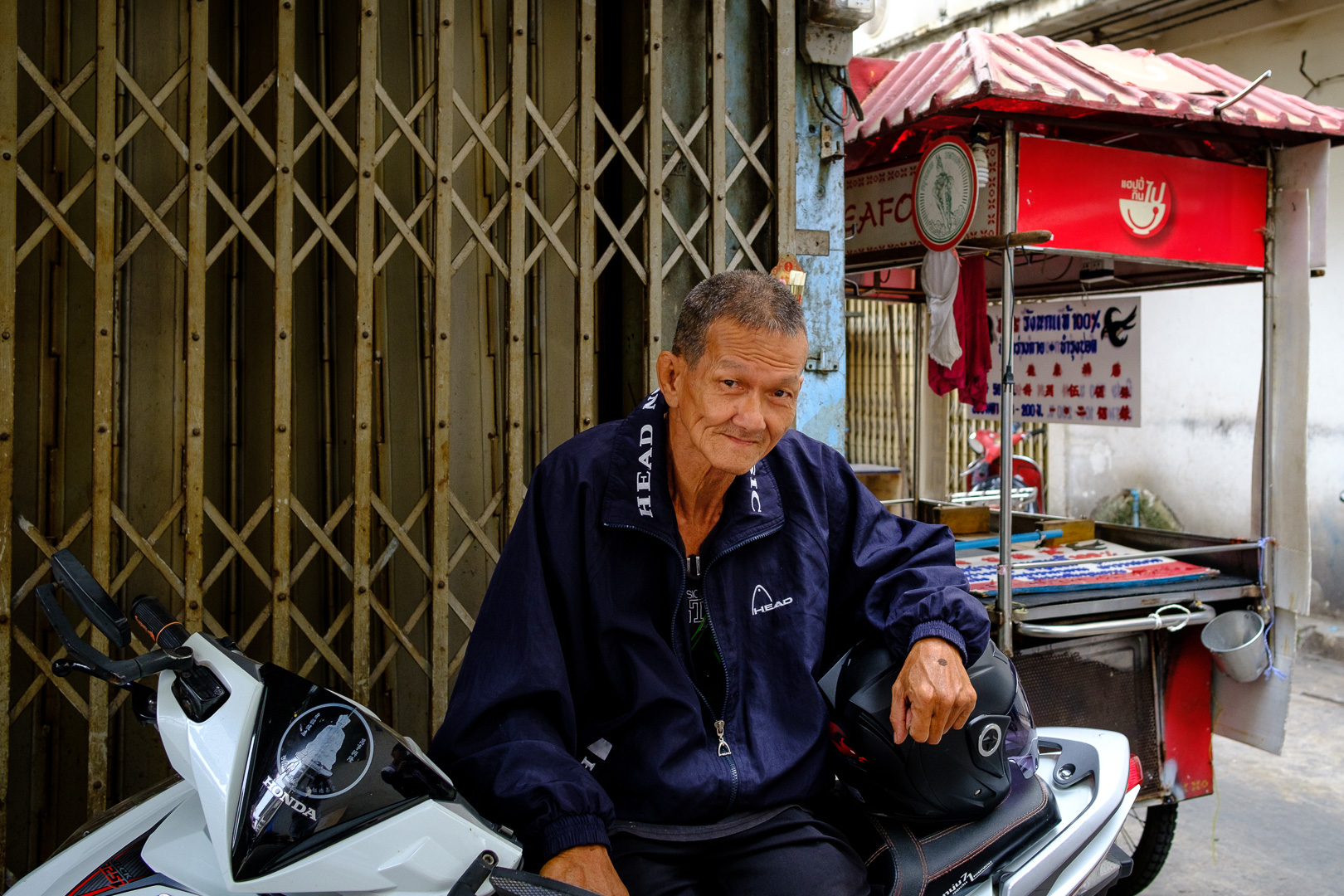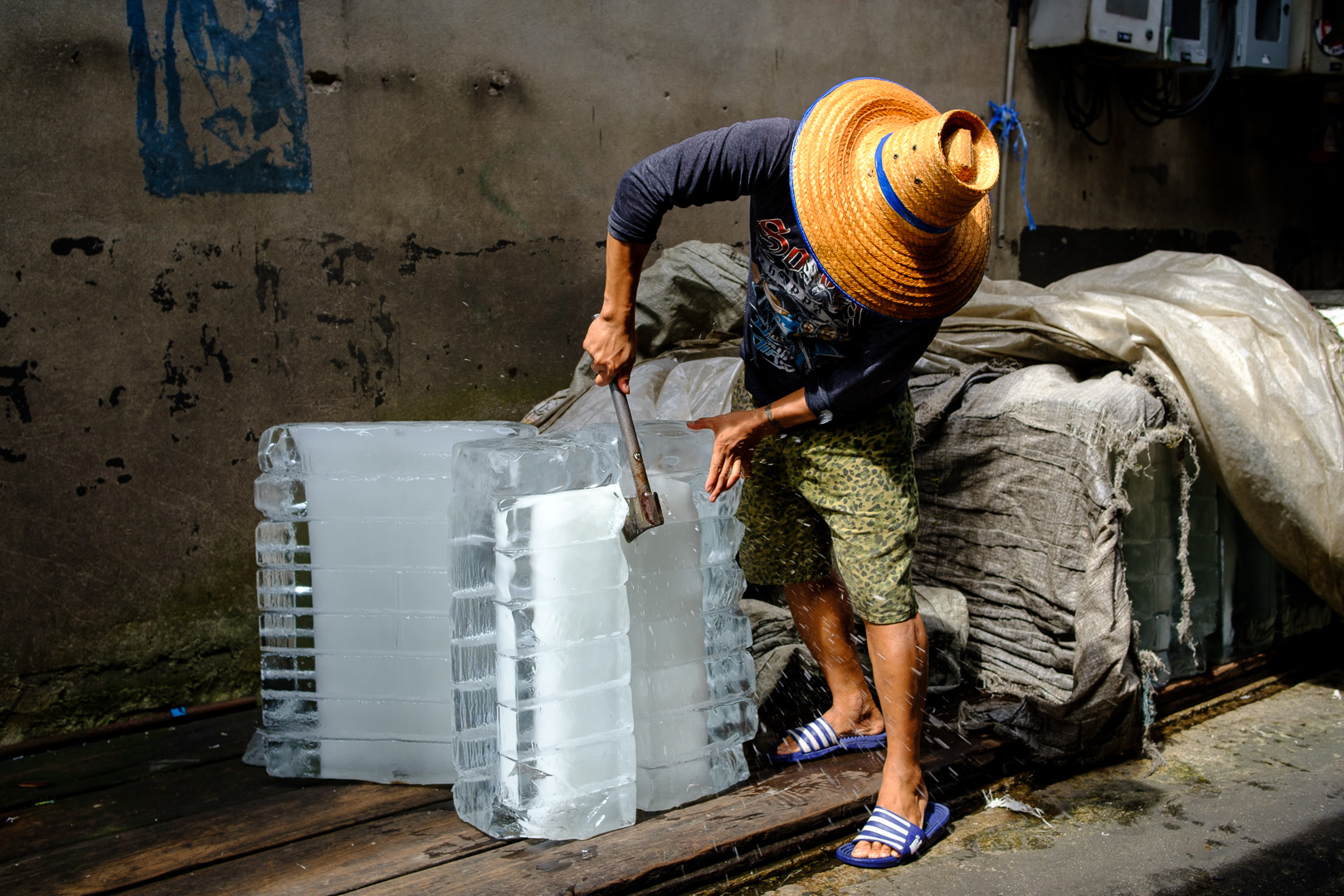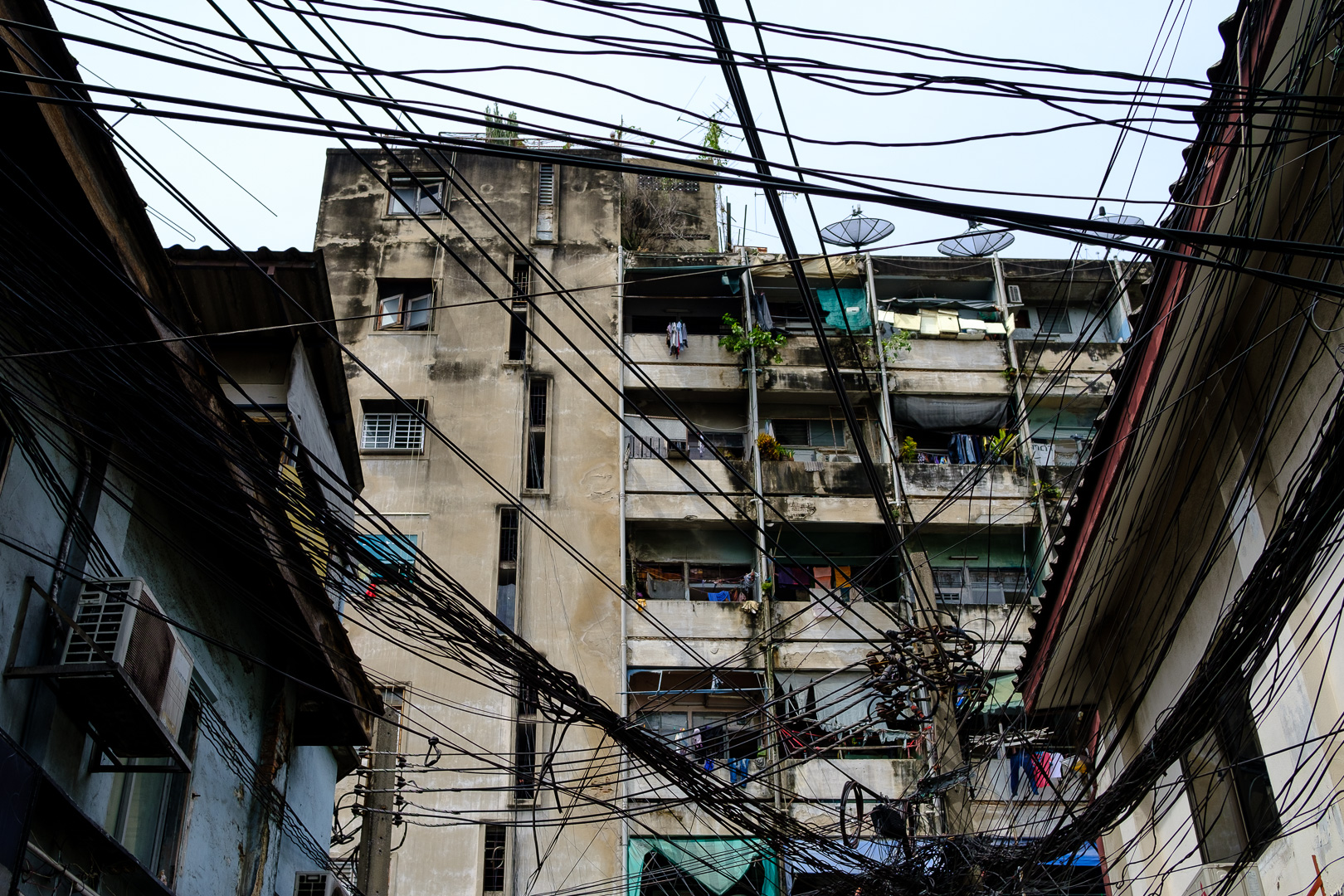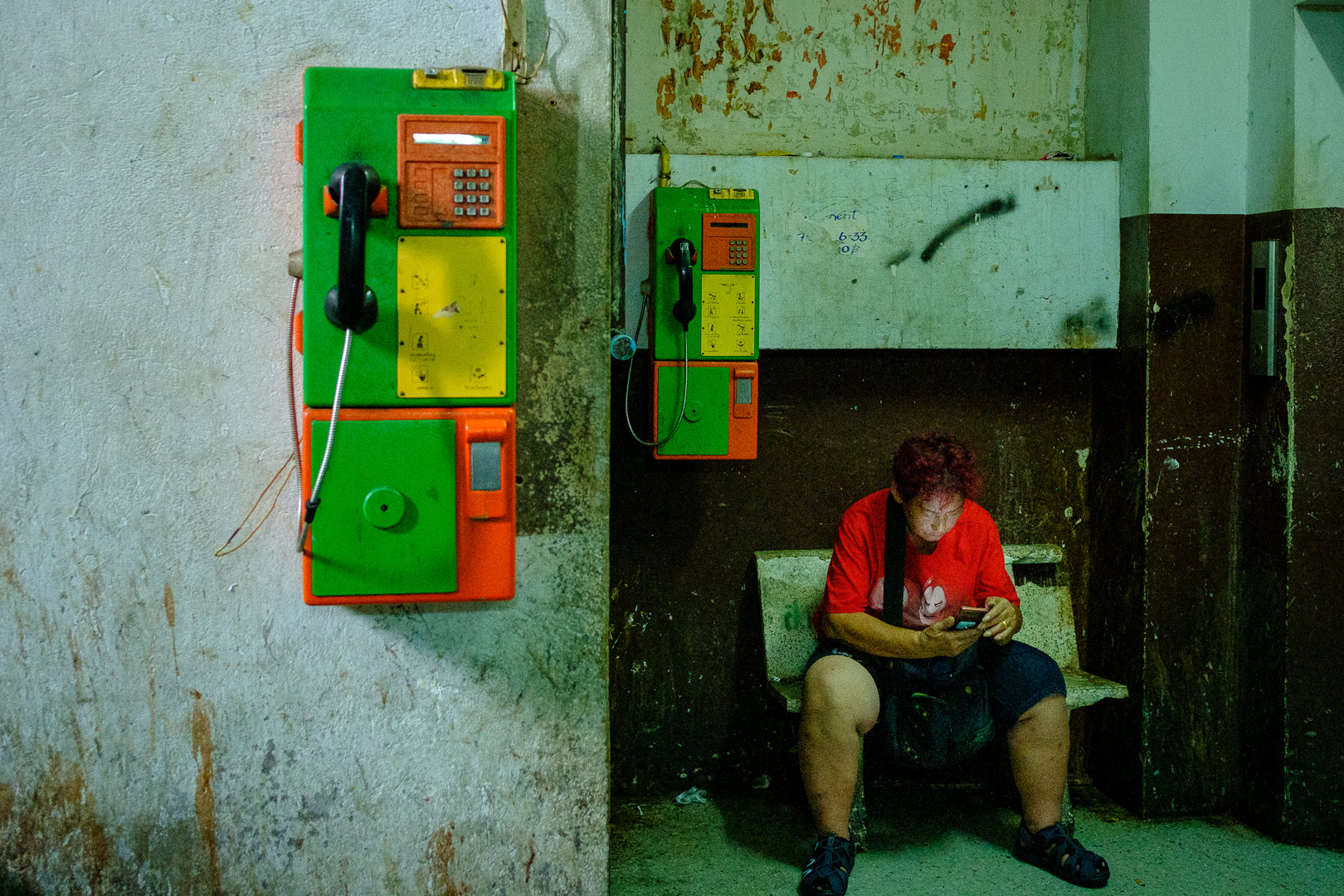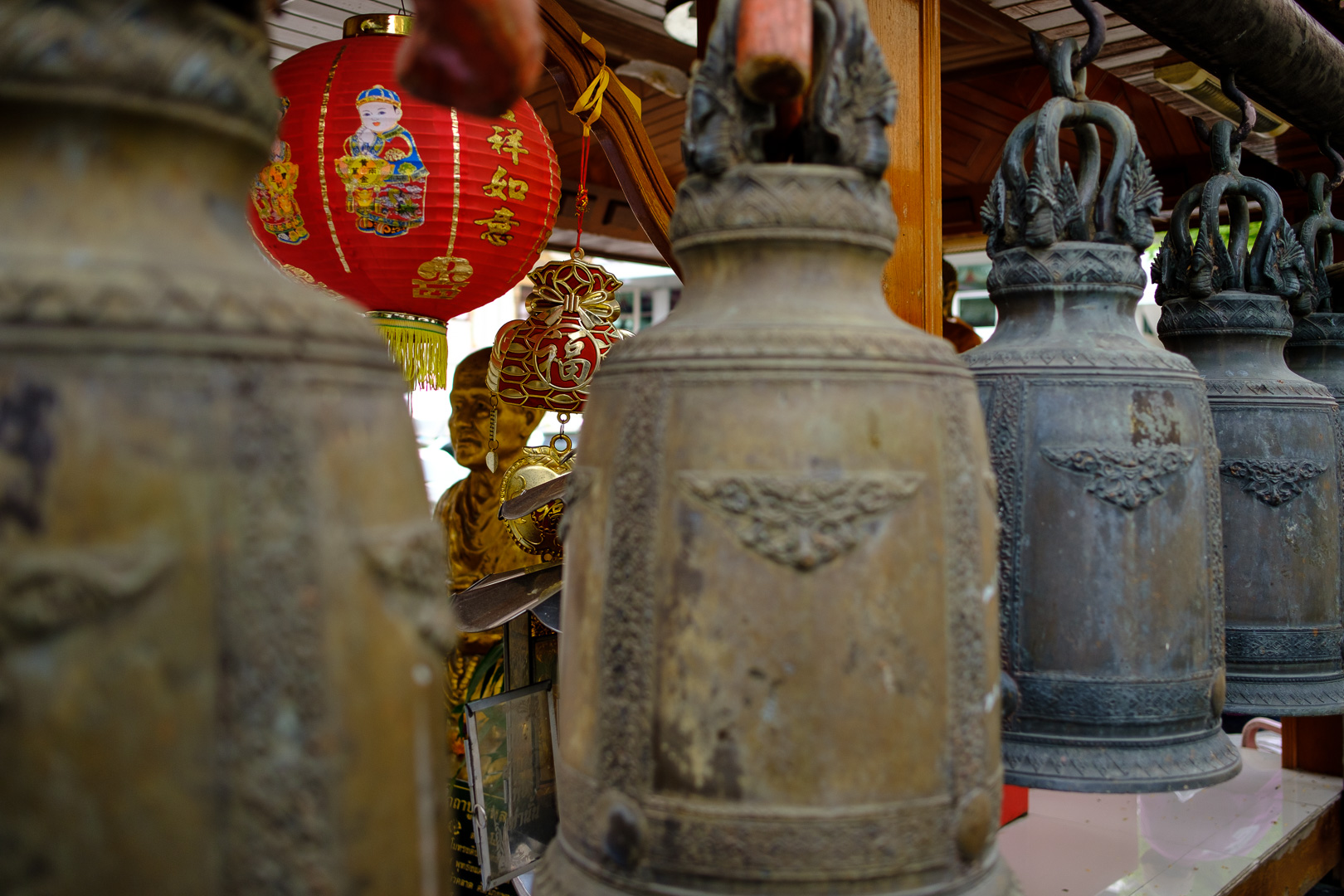I recently returned from two weeks in Thailand with the new XT3. I had a good chance to put it through its paces. So how did it fair?
Unfortunately it’s not all sunshine and roses - first the bad.
Camera lock-ups.
Several times the camera locked up and become totally unresponsive. Live view on rear LCD, but no info. On/Off didn't do anything. Only way to recover is to remove the battery and reinsert. The camera was brand new, and running the initial version 1.01 firmware. I’m unsure what triggered the freezes - possibly when activating the auto-focus with half-press on shutter or possibly right after taking photo. I would only realize the camera had frozen, when I couldn't take a photo or noticing the LCD screen remained on when turning the power off.
SD card trashed.
I believe this was related to the first issue. I had new 64GB SD card in both slots and was using interval shooting bracketed sequences to capture the sunrise. I checked on the camera some time later. It was writing to SD slot 2 at the time and there was an error message about failing to write to card. The camera had locked up at some point, though it was continuing to capture on interval. I had to remove and reinsert the battery. When I tried some manual captures after restarting, the error persisted. The card was completely wrecked - cannot read it on PC and cannot read or format it in camera either. Luckily there were a few sunrise exposures on the slot 1 card, but most of the shots from that morning are gone.
Auto-focus gremlins.
Occasionally I found I couldn't move the focal point and auto-focus wouldn't work. I could switch to manual focus and get it working again, but this was a little annoying when it did occur. When the auto-focus works, it's great. It’s very quick to lock on and focus. I did notice the 18-135mm was sometimes focusing nearer than expected too. Trying to focus on a distant landscape and it would focus at somewhere between 3-5m, even with a wide aperture. I could switch to manual focus and adjust the focus correctly. The 23mmF2, however, behaves beautifully. It is quiet and super quick and accurate to focus. Now that I’m back from travelling, I will try do some more thorough testing and keep an eye on this to see if it's a recurring issue.
Under exposing.
I often shoot in aperture priority. The exposure measurement seems to be significantly under exposed, especially with a little back-light. It will do everything it can to not blow out the highlights, which is great, but this results in very dark image out of camera that will need boosting in post processing. I was constantly adjusting the EV comp dial anywhere from +2/3 to +1 1/3 while shooting. I may as well have been shooting full manual exposure. I tried all the exposure metering options, but all had same issue. I’m used to the metering on the XT1 and X70 and don’t experience this level of under exposure on either of those older cameras.
Lacking RAW support in Software.
I was really hoping to use Skylum’s Luminar and Aurora to process the images from this trip. I’ve had these software packages for a while, but it’s hard to break out of my current Lightroom workflow. The library to develop module switch is so simple, starting up any 3rd party software is just a chore. I wanted to change my approach and really embrace Luminar and Aurora this time. Unfortunately, as of this writing, Skylum’s software does not support the RAW files from the XT3. It will open the file, but won’t allow any edits. I was able to open and edit the files in Lightroom, though it did crawl and editing was a bit slower than I’d like. If Skylum really wants to take market share away from Adobe, they’re going to have to be more on the ball with updates and support for new cameras. Come on Skylum - you can do it!
Now for the good.
Firmware updates
Fujifilm did release a firmware update to version 1.02. Normally I wouldn't update mid trip - you never know what may break with a brand new update. I was frustrated with the freezing, so I took the plunge and updated. Since then, everything has been functioning great. I haven't experienced any further lockups. After the firmware update, pattern metering seems better too - at least it’s closer to what I'm used to on the XT1.
Improved Bracketing
I Love the new bracketing control! You can customize the number of shots and the EV spread. No longer are we restricted to 0, +1 and -1! And it seems to use the fast-burst mode now for bracket shooting. It takes the exposures in a very quick bust - it’s complete so quick, you hardly realize it’s done! Being able to customize the bracketing this much will be great for HDR shots. With the great exposure range of the x-trans sensors, I always felt -1 to +1 was too narrow. You could often get a great shot with just a single expose. But going -2 to +2 or even -3 to +3 will allow truly massive exposure ranges!
Additionally, it’s possible to shoot bracket sets in interval shooting mode! This means you could do an HDR time-lapse if you felt so inclined. Or you can automate shooting through the golden hour into the blue hour by shooting at say 5 minute intervals and then time-blend the images afterwards.
Focus Stick
The focus stick is really easy to move the focus point, even with eye to the EVF. Having the enhanced phase detect auto-focus points all over the sensor means that there is no compromise moving the focal point to the edges of the frame, which is handy with wider lenses. The LCD panel is also touch sensitive for setting focus and handling swipe gestures. I didn’t use this feature though, as moving the point with the little stick was simple enough.
Faster Response
Everything just feels snappier and quicker to respond. It’s like getting a new phone, or laptop after 3 years. The start-up time is quicker, navigating menus a little more responsive, auto-focus is quick. But unlike a new phone or laptop, everything is pretty much exactly where you expect it to be. Apart from a few menu options shuffling around and many more video options, all the muscle memory I built on the XT1 can just migrate across smoothly to the XT3.
Shooting Video is a breeze
I’m very much a stills photographer, however I’m slowing trying to get more experience shooting video. On the XT1, you had to press the dedicated video button, but this was in a slightly awkward spot next to the shutter button and had to shift your grip in order to press the little recessed button. Shooting video on the XT3 is really simple. Just rotate the ‘drive’ mode dial to video and use the shutter like normal. I’ll definitely experiment more with video in the future.
Great sensor
The new sensor is fantastic. A slight improvement in native ISO and really large dynamic range mean that often you can recover great detail in shadows from almost pitch black silhouettes! This probably explains the reasoning for the metering underexposing by default - you can easily recover those shadows in post and keep all the detail in the highlights. The bump in resolution from the 16 megapixel XT1 and X70 is a nice boost too.
Conclusion
Overall, I really like the XT3. I had a few issues at the beginning, but after upgrading the firmware half way through my trip, the camera performed admirably! If you have the XT3 or are thinking of getting one, definitely make sure you’re on the latest firmware. I can’t speak to the improvements over Fujiflim’s more recent cameras, but I can definitely recommend the upgrade from the XT1 generation. Ergonomics are very similar but slightly improved and responsiveness is greatly improved. I’m looking forward to using the XT3 as my workhorse camera for the next few years!
If you’re looking for the XT3, please consider using this affiliate link to amazon: https://amzn.to/2KzGXJJ This will not cost you anything extra, but will help me keep this website active and updated with future content.
I’ll leave you with some images of Thailand:

